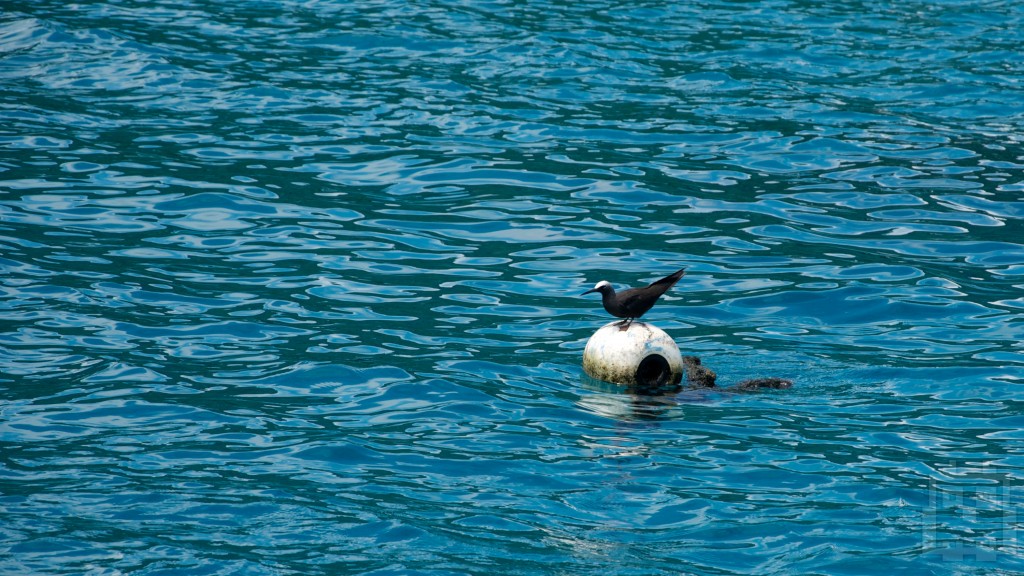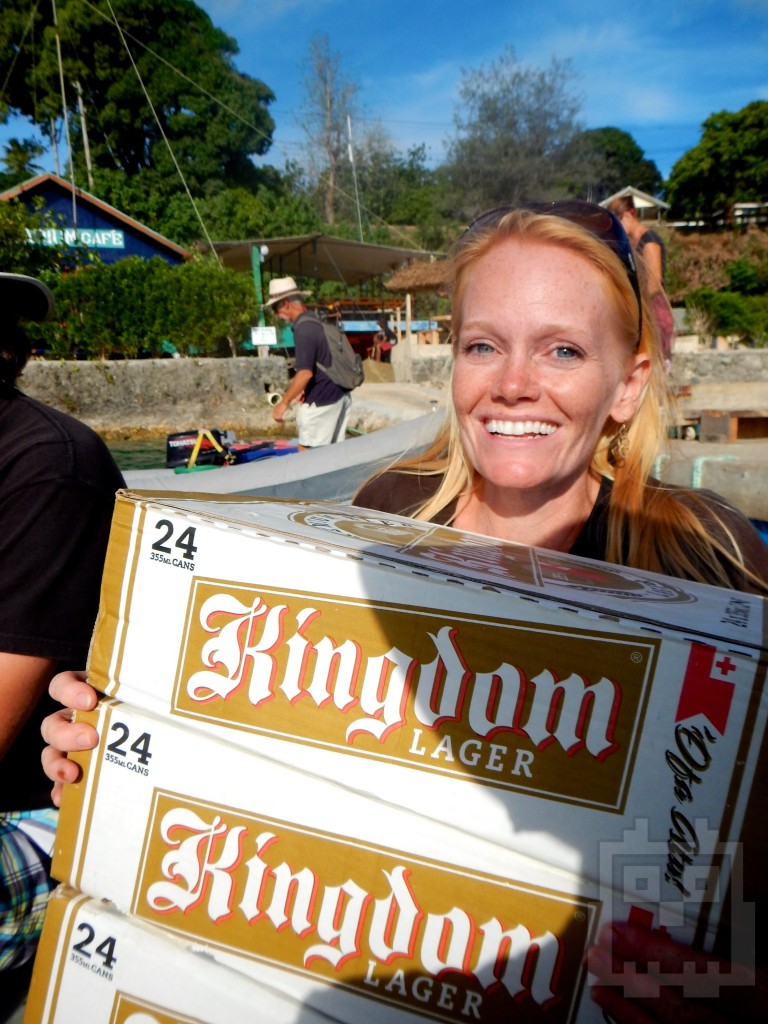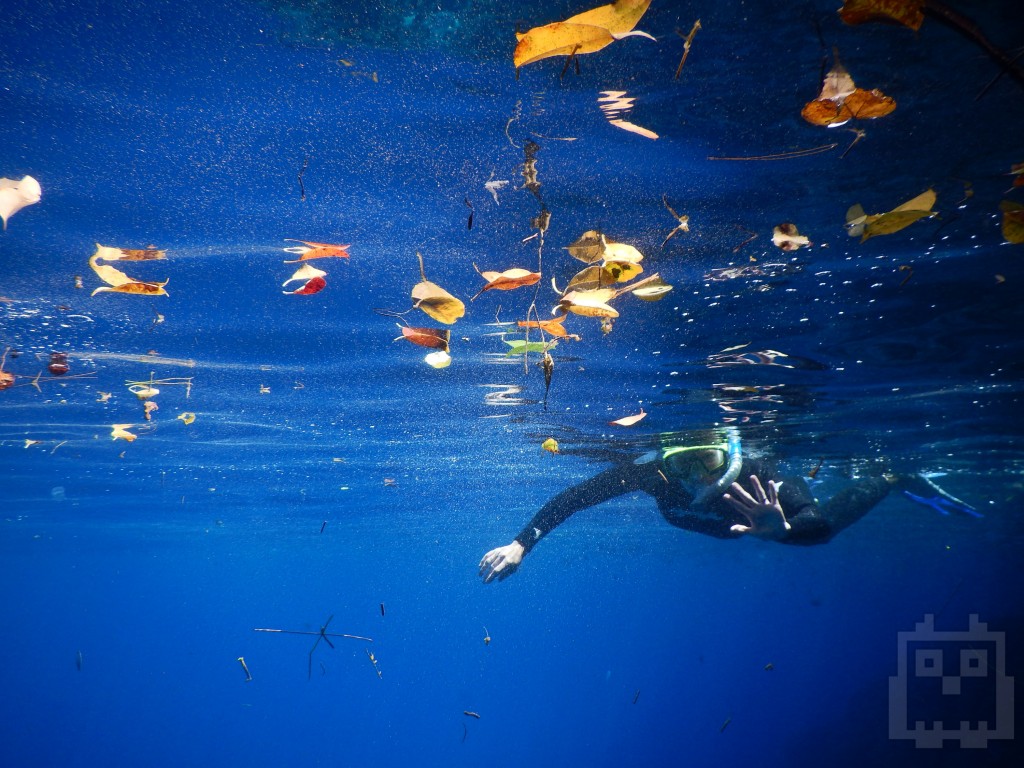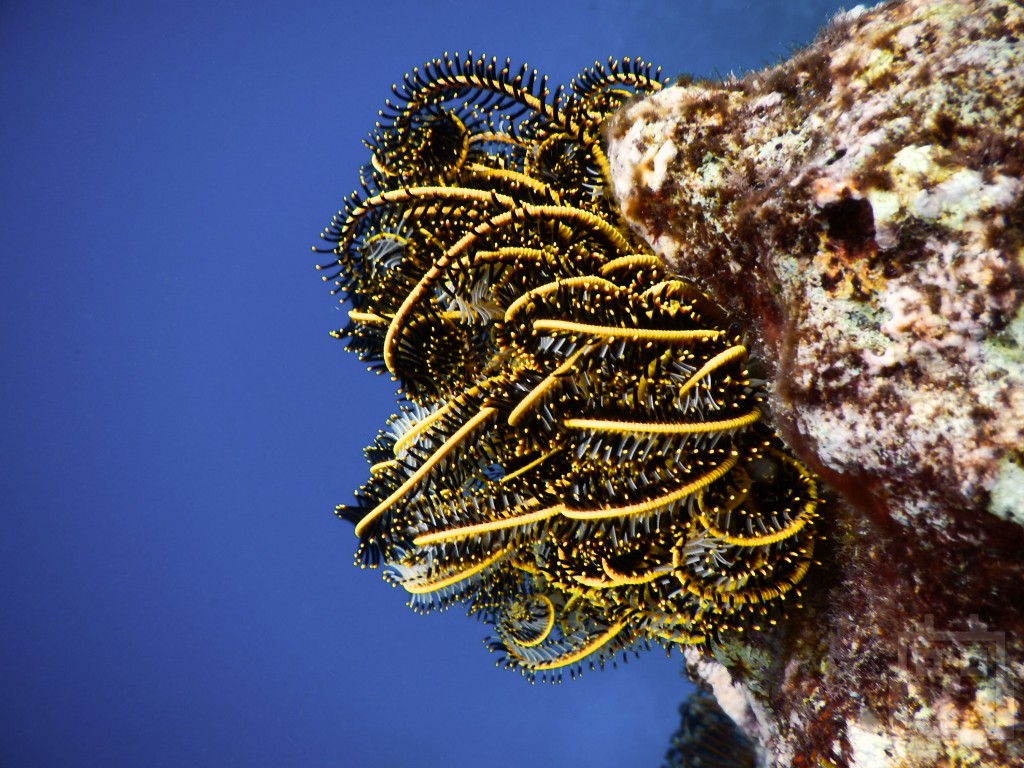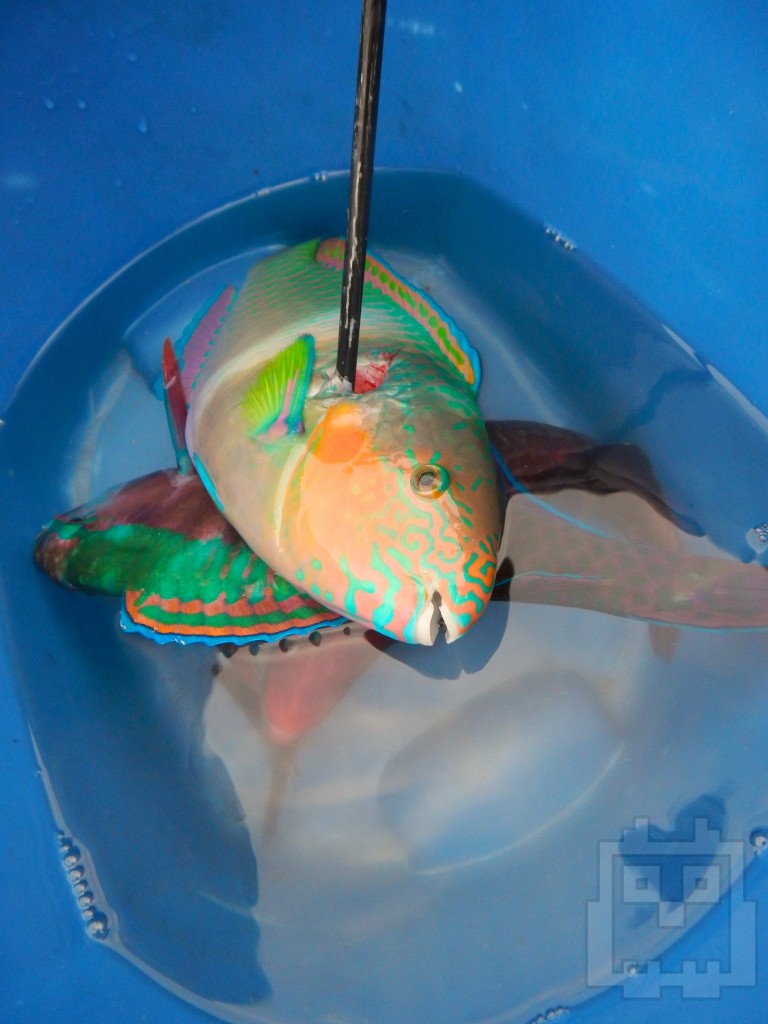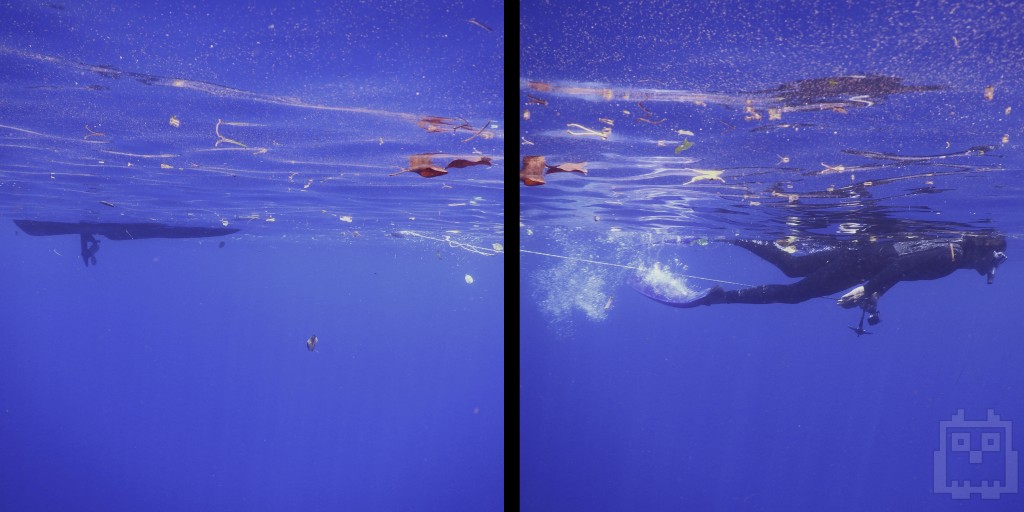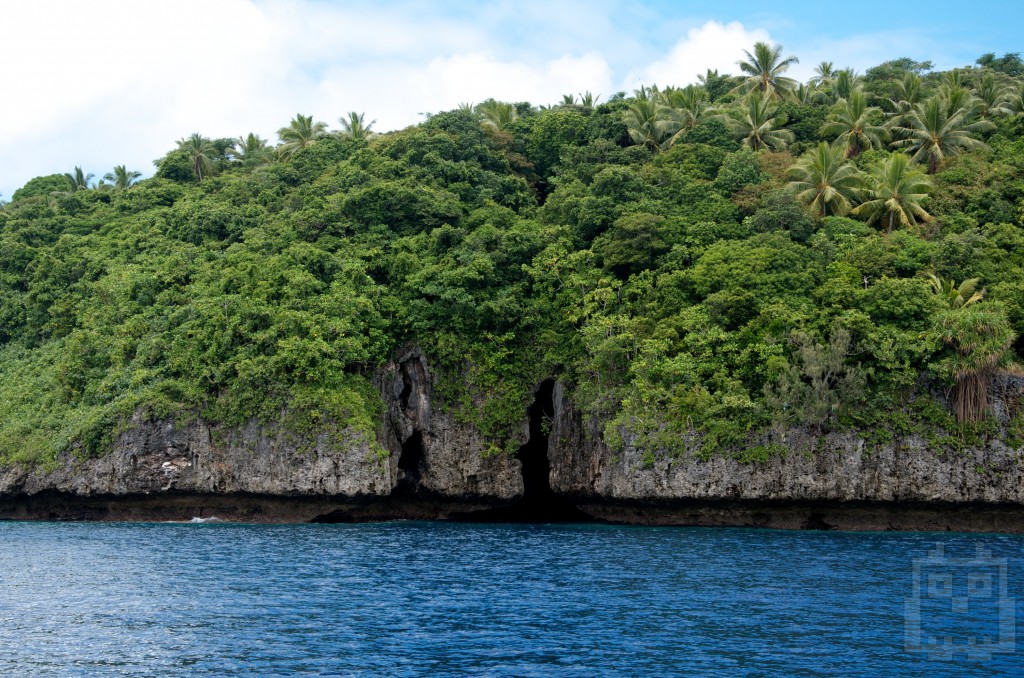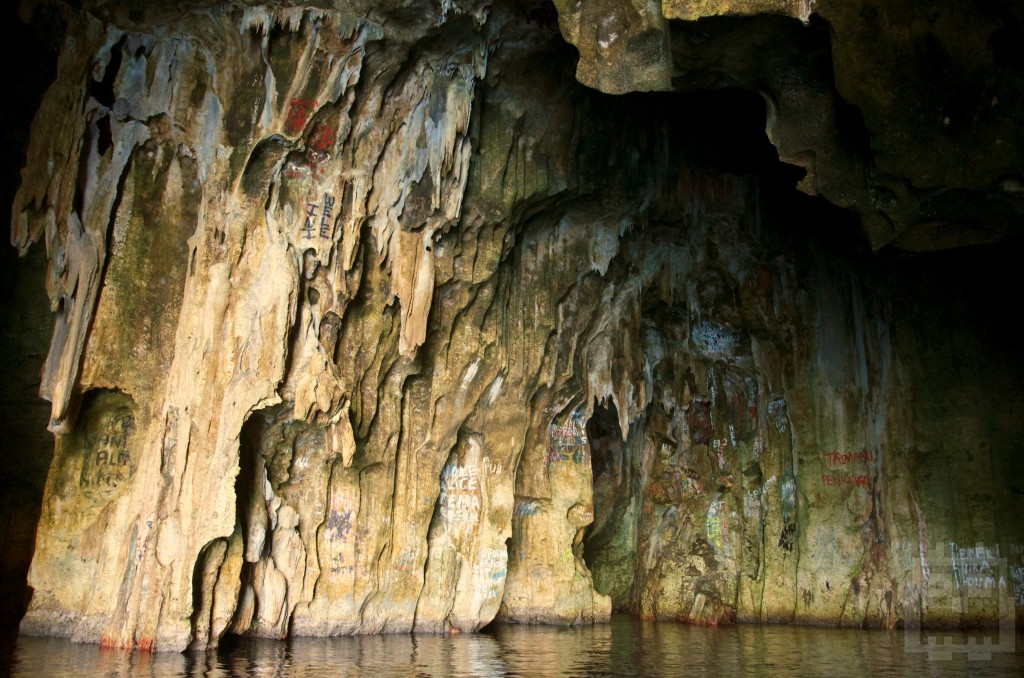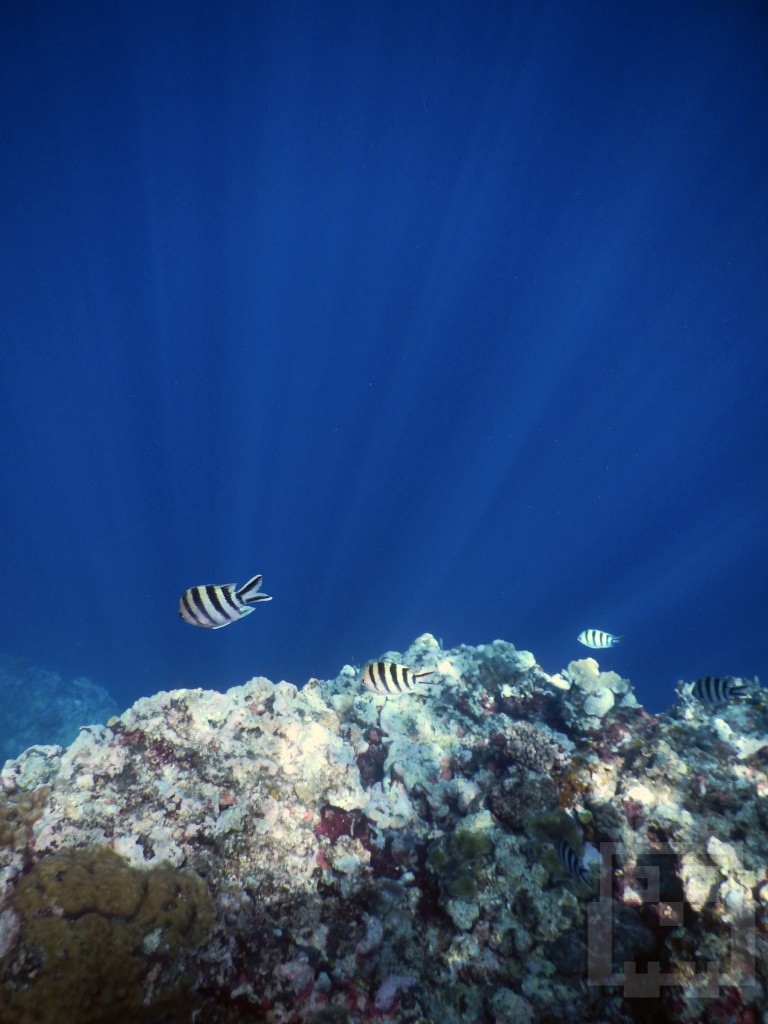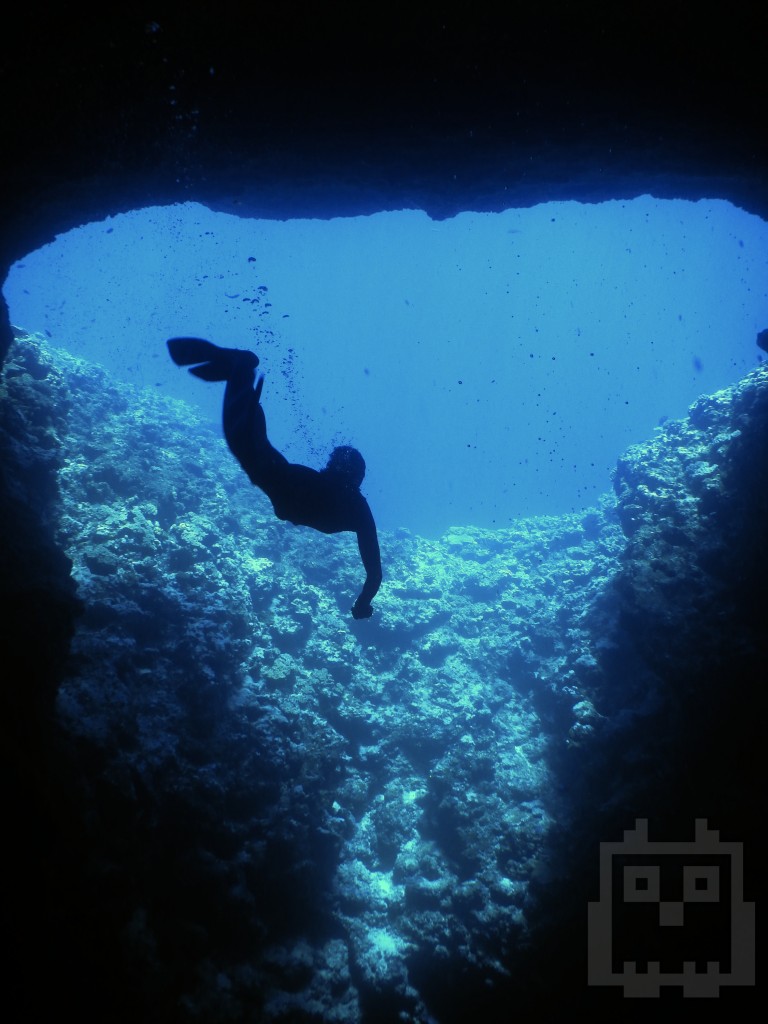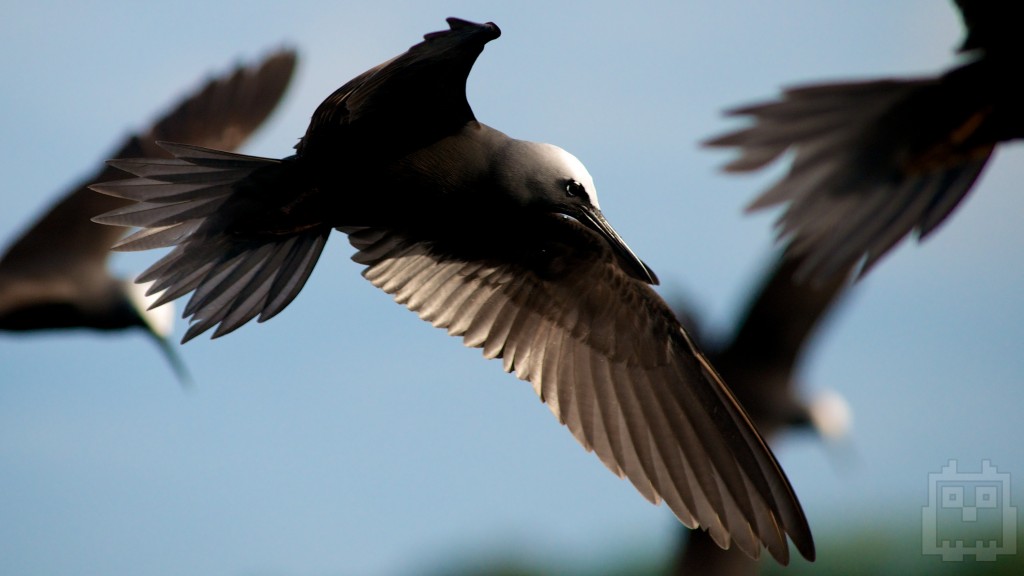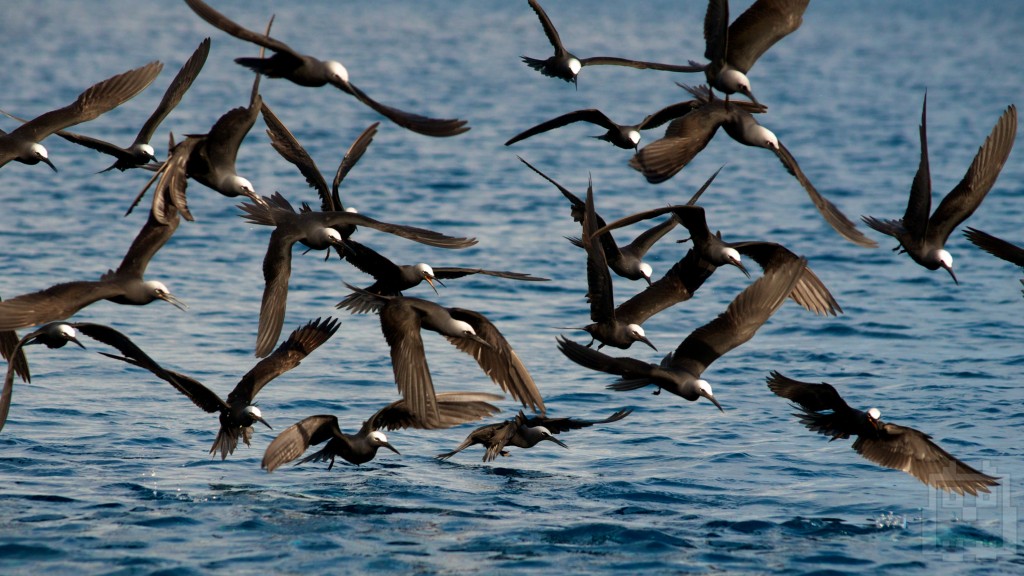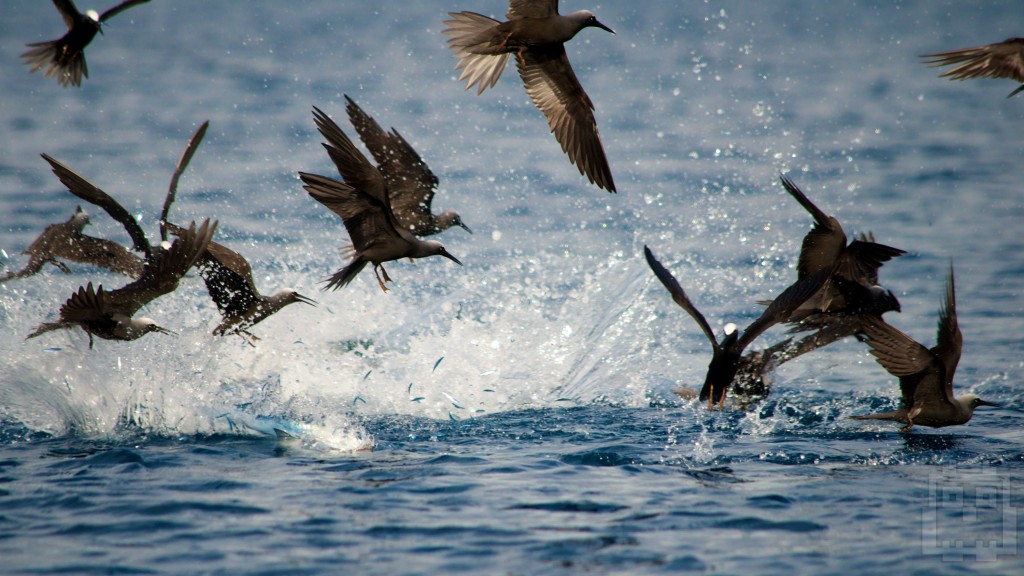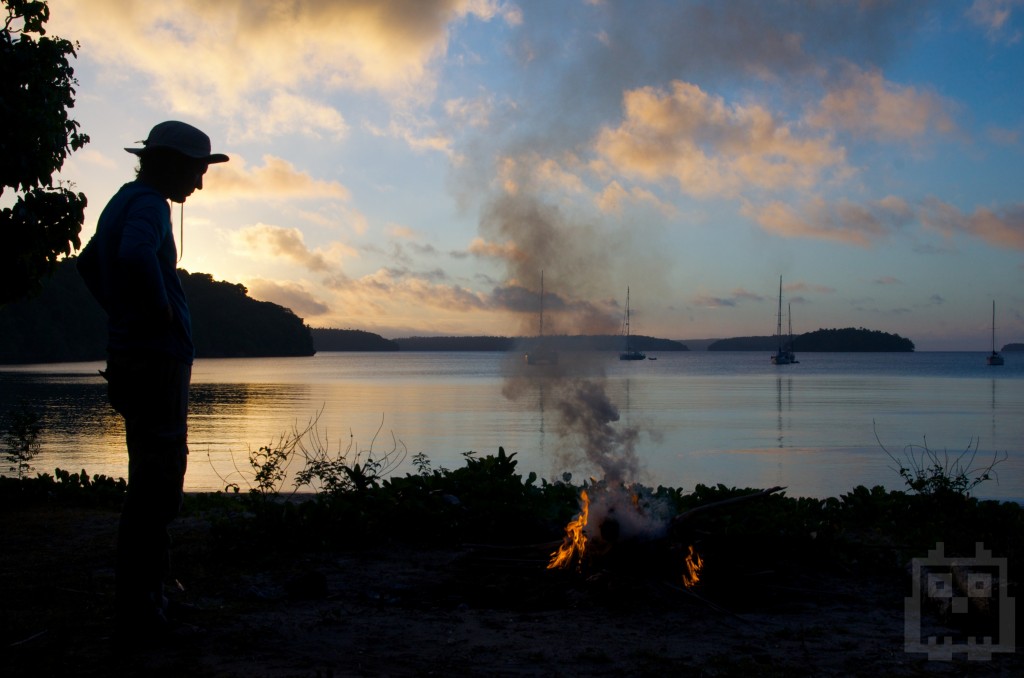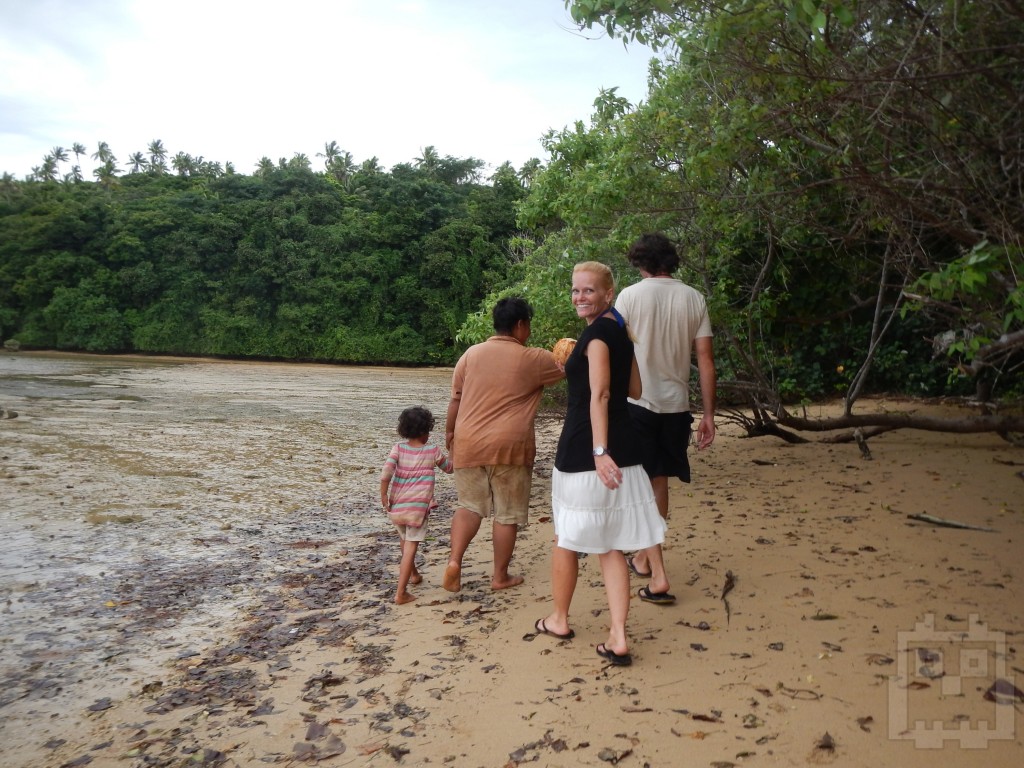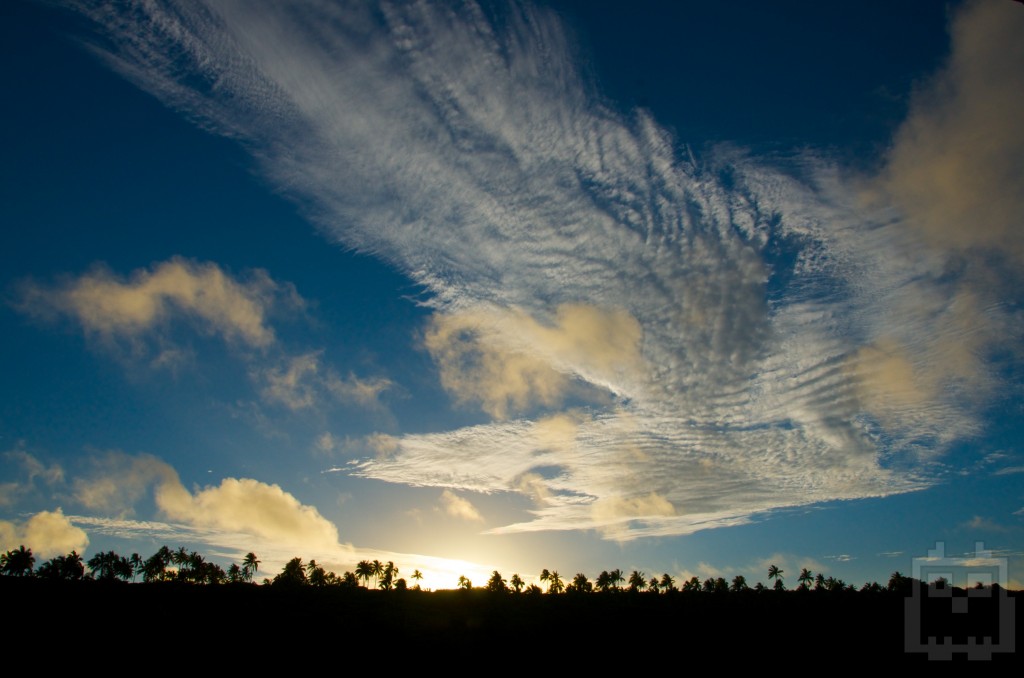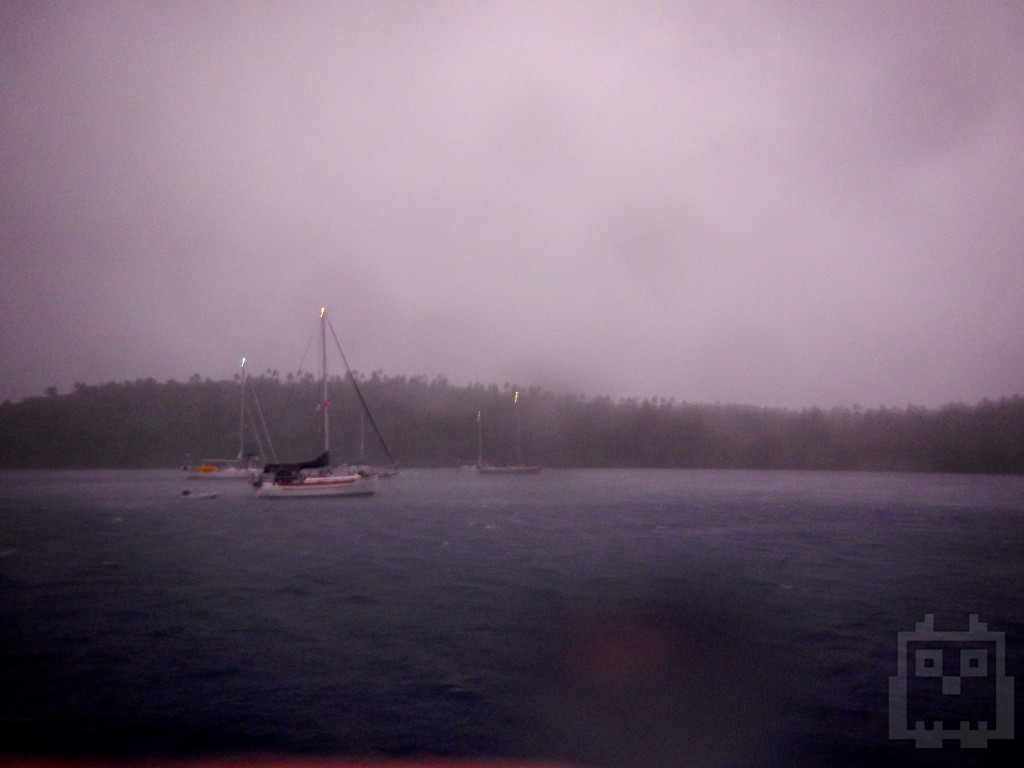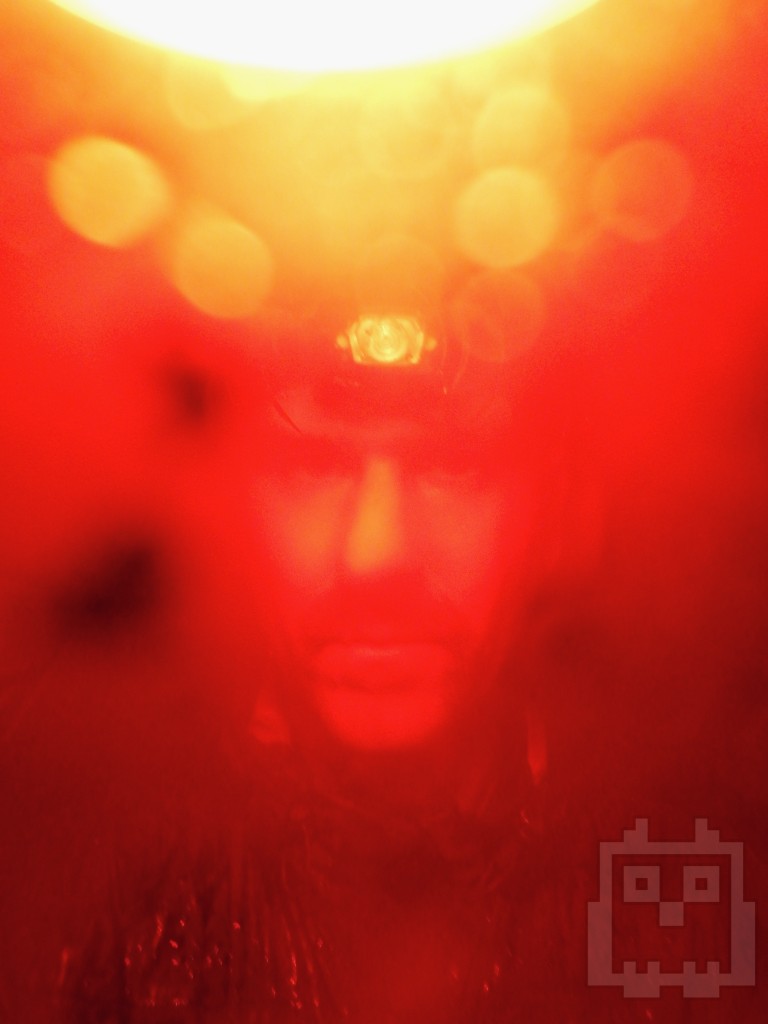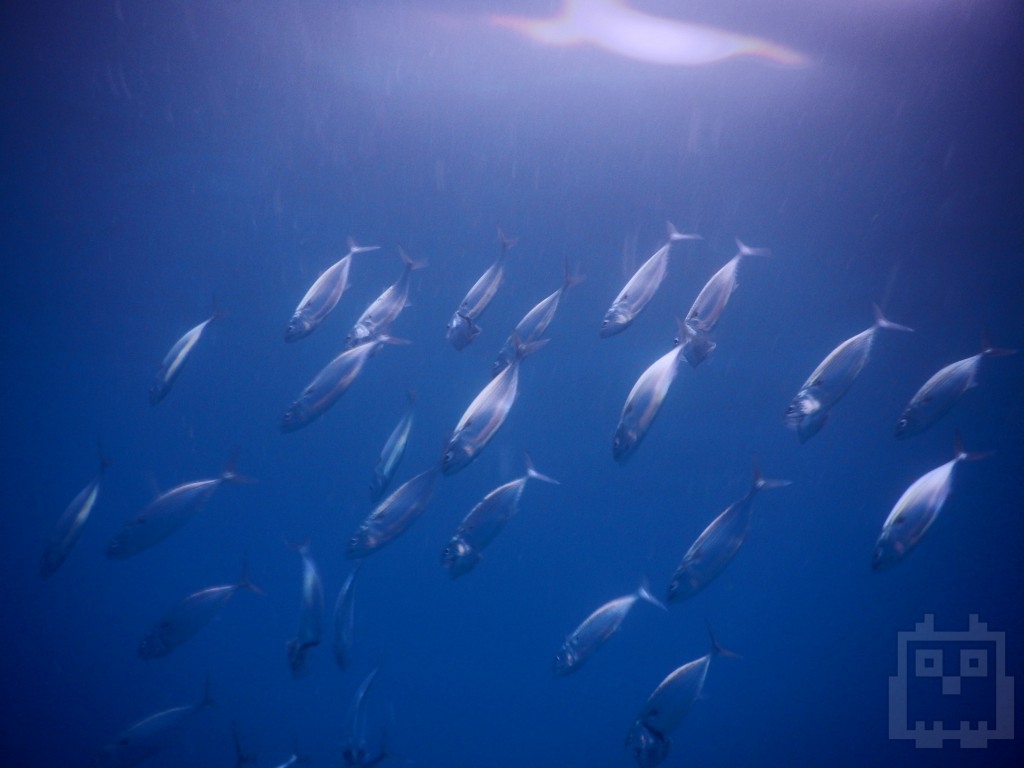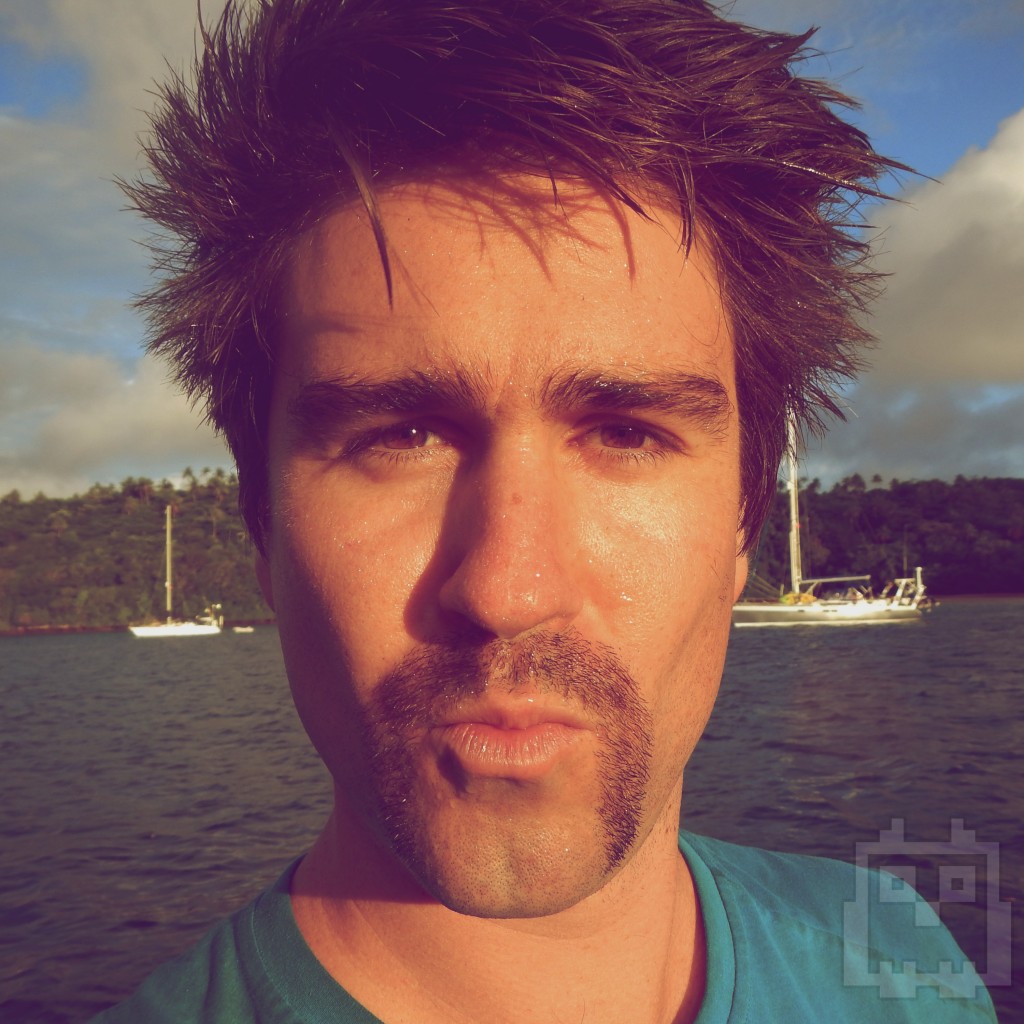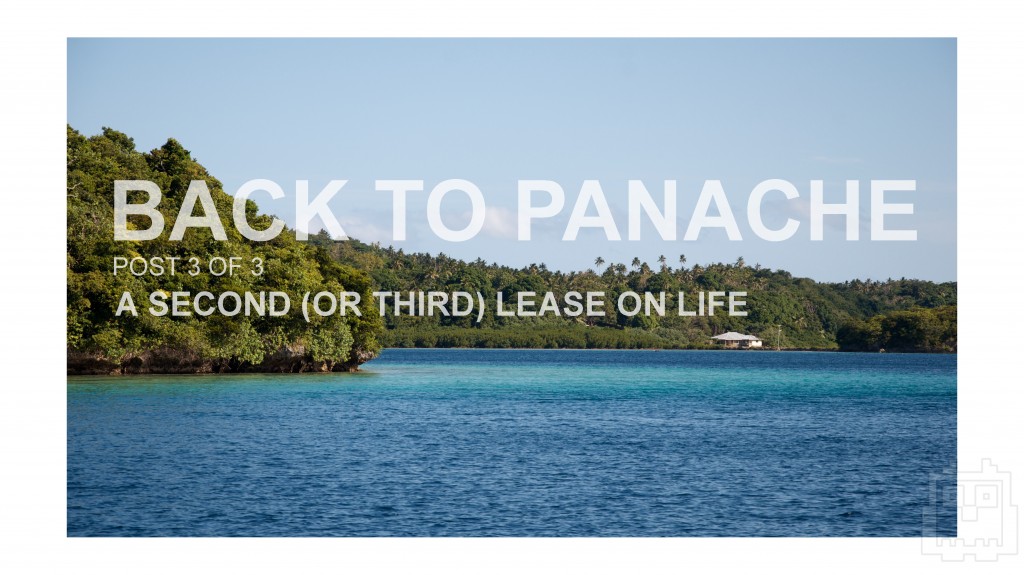
As I paced the aisles of the El Salvadorian equivalent of Costco, I did my best to think clearly about the 30+ days I was provisioning for. Preparing for lunch was sometimes a logistical nightmare, so my departure for Cocos/Galapagos/Marquesas was laced with anxiety. The food choices I made today would echo thousands and thousands of miles beyond my current location. On one side, it’s exciting to square away the last step before shoving off into the blue void after skirting land for so long. On the other hand, I had no idea if I was making smart provisioning choices. I had done all the reading and had all the theoretical knowledge needed to provision for long passages, but reality always provides more gray area than any “How To” suggests. Boy was it a learning experience ...
… That was over a year ago, roughly 5,500 nautical miles and countless freckles later. I was now in Vava’u, Tonga and gearing up for the second part of my Pacific voyage. Mistakes were made while provisioning in El Salvador, and I was determined not to make those same mistakes again. By this point I had amassed enough experience for long-term provisioning that I had a pretty good idea of what to expect, what worked best for my dietary habits and what to avoid.
RULE NUMBER ONE: Canned goods suck, you can find them everywhere and they will rust to the point of popping. Don’t overdo it.
Somewhere between scrubbing the cabin clean of mold and replacing the batteries, I discovered that most all my canned goods were rusted through to the point of popping. They don’t last forever, and this discovery was a little earth shattering. As I pawed deeper into the mess of spoiled food sludge and rust I came across a jar of opened grape jelly that was bulged out so far I was afraid to touch it. I ended up having to call the Tongan bomb squad to detonate the jar somewhere far offshore. I believe the explosion resulted in the death of several whales. A real tragedy that could have been avoided if I hadn't bought so much food in El Salvador. Panache isn’t hermetically sealed, but I guess I expected some items to last longer. Who knew a plastic jar of jelly could be used as an explosive!?
RULE NUMBER TWO: Canned goods suck, and cleaning up spoiled canned goods sucks even more.
I also wanted to chuck the canned goods into the water, but the bay would render the can’s slow-dissolve visible, unlike the open ocean, so I bagged that prospect and bagged the cans up. Nicole just so happened to be making a garbage run while I was wrangling the putrid mess into my cockpit and asked if I needed to make a run myself. Perfect! I just had to get the cans into the dinghy before she can protest. My trash bag was leaking, and Panache, my leg, and the side of Bella Star’s dinghy were all getting a black goo shower of can juice. Nicole's usual friendly smile withered into a tight small line across her face. I was doing my best to contain the situation, but failing miserably. My leaky garbage bag was not permitted to enter Bella Star’s dinghy, so dead lifting it over the water was the only option during transit to the dinghy dock. I had already wiped Panache down end to end with white vinegar, but my canned goods locker was an oversight that needed some attention.
RULE NUMBER THREE: Illegal food dumps should be performed at night. Batman-style.
The canned goods were definitely the most offensive to the nose, but not the most offensive in quantity. Beans, rice and flour – the stapes of cheap cruising – were overflowing in Panache’s pantry, and all of it was rancid. I wasted so much food. I hate wasting food. I don’t feel guilty because someone else could have eaten it, I feel guilty because I could have eaten it. I love food. I love making it, watching people eat it and eating it myself. Disposing of all my rancid flour was heartbreaking. It seems that everyone who makes the initial jump into the Pacific inevitably buys way too much of one thing or another, and in the end they either give it away or, like me, they dump it into the ocean when it spoils. Here fishy, fishy. I counted the potential loaves of warm bread as cup upon cup plopped into the bay. Tears were streaming down my face. I did this dump at night because the flour made a huge white cloud that resembled some kind of chemical warfare, and I’m sure dumping twenty tons of flour into the bay would be frowned upon. Over preparing provision-wise was not a mistake I would make again, and from here on out I would only buy enough food for the duration of each passage. Don’t be afraid to do this. Every place has all the food staples. Nobody needs 15 kilos of flour, and as for the more uncommon food items, well, they just become that much more delicious when you encounter them again. Have some fucking self-control. My shopping run before departing Neiafu was meager; I was even able to snag some un-soiled rice and lentils from Bella Star. Yup, they also bought too much.
RULE NUMBER THREE: Goodbyes don’t need to be sad; they need to be good.
With food a non-issue, I checked out of Tonga and was left with four Tongan dollars in my pocket. I could have spent the last bit in the market, but the only souvenirs I seem to acquire on my travels are unspent foreign currency, so I was content with the leftover cash. Panache and Bella Star were finally going to drop our moorings and head for the surrounding outer islands. While I was going to continue on to Fiji, Bella Star was going to head south to prepare for a jump to New Zealand. This ultimate decision was not easy to make, and for a moment I was convinced that Bella Star would indeed follow me west. I can’t argue with the logic that in the end parted us once again, but I can tell you that it was not what I wanted to hear. But, with several days of Bella-Nach hangouts ahead, I couldn't bother myself with being sad about a future goodbye!
The mooring was still tied to Panache. It had been swinging around the mooring for the better part of a year and was now twisted into a tightly braided single strand. My pre-departure checklist was a bit scattered, and I was rushing around checking and re-checking systems to make sure all was well. With the engine pumping, I scampered up to the bow and lifted the endlessly tangled mooring line. Aaron and Nicole were watching the detangle show from the dinghy dock where they were filling up with water. I finally untangled my line from the mooring and held it in my hands for a quick minute before gaining the composure to let go. I scampered back to the cockpit and pushed Panache into gear. I almost forgot how much I hated the sound of that engine.
Our first anchorage was only six miles away, but with a slight headwind, chugging along at 3.5 knots under power made for a long passage. Can I even call a six-mile trip a passage? Whatever. The anchorage actually had several moorings to prevent anchor damage to the surrounding reefs. Bella Star beat me there, but only marginally. I’m pretty sure they slowed their progress to make Panache look less slow. It didn’t really work. Jellyfish had enough time to get out of the way. I was the slowest thing in the ocean by far.
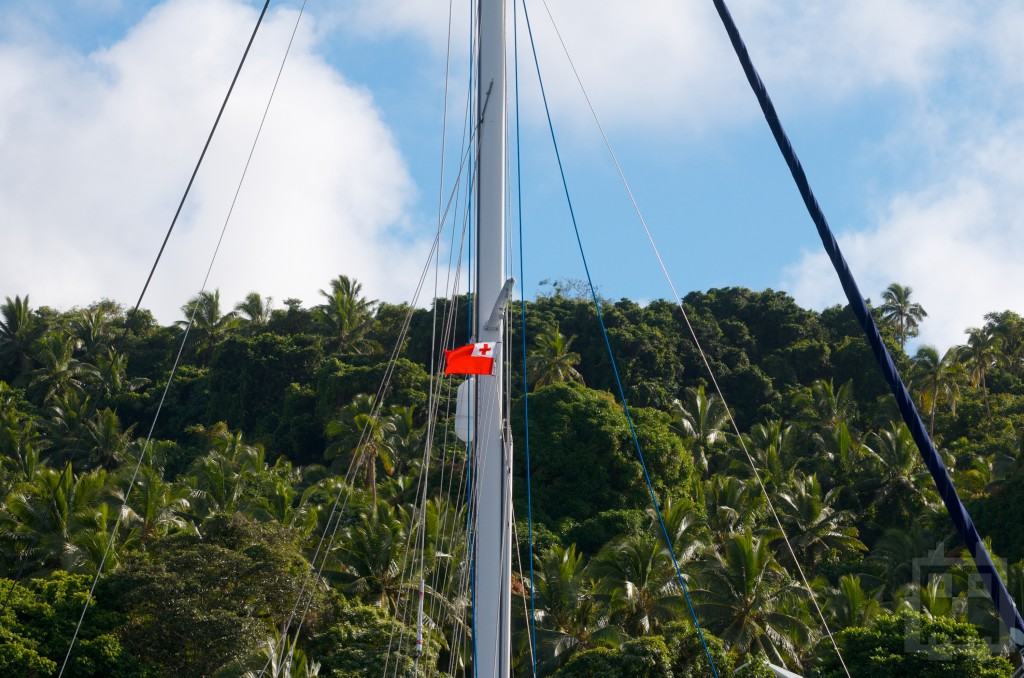
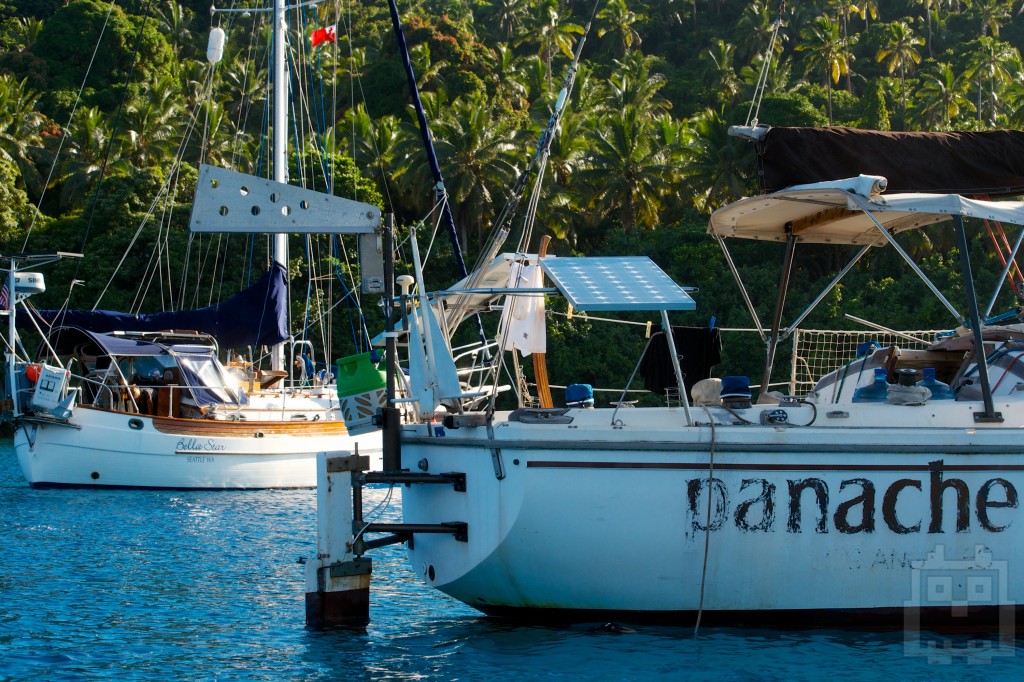
RULE NUMBER FOUR: Cheap beer is King! Or should I say Kingdom!
The sun was blistering hot and right after I was tied to the mooring, I jumped in the water and was greeted with a Kingdom! What is a Kingdom you ask? Well, it’s a country, state or territory ruled by a king or queen. It is also a cheap “Tongan Beer” that is brewed in Fiji and sold exclusively in Tonga. When Bella Star and I were hunting around for provisions, we discovered one of the most amazing finds in cruising history. Dirt cheap decent beer! For 30 TOP, anyone could buy 24 cans of Kingdom Beer. You didn’t even need to be royalty! Bella Star did the math, and it amounts to around 52 American cents per can. So needless to say we bought several cases. It’s by far the cheapest kingdom you can buy. The thing about buying cheap alcohol in bulk is that your rations don’t last any longer; you just end up drinking them faster. The concept of cost goes out the window, and another Kingdom always sounds like a good idea. Between Bella Star and Panache, our kingdom of Kingdoms was quite large.
When we went out to snorkel the neighboring A’a Island, we brought several Kingdoms to keep us company. The water was clear, and the island was small enough to do a quick circumnavigation with the dinghy. I brought my new speargun along to try my hand at catching dinner, or at least an appetizer. While there weren’t too many proper food fish (a little worrisome), there were numerous parrotfish. They quickly became the target. I had eaten my fair share of parrot fish in Palmerston atoll of the Cook Islands and knew the meat was quite delicious. Aaron was surprised to hear that they could be used as a food fish, and I understand the hesitation. They are a rainbow of color and always appear to have a smile... Even after you spear them. You can’t be too sad when they taste so good.

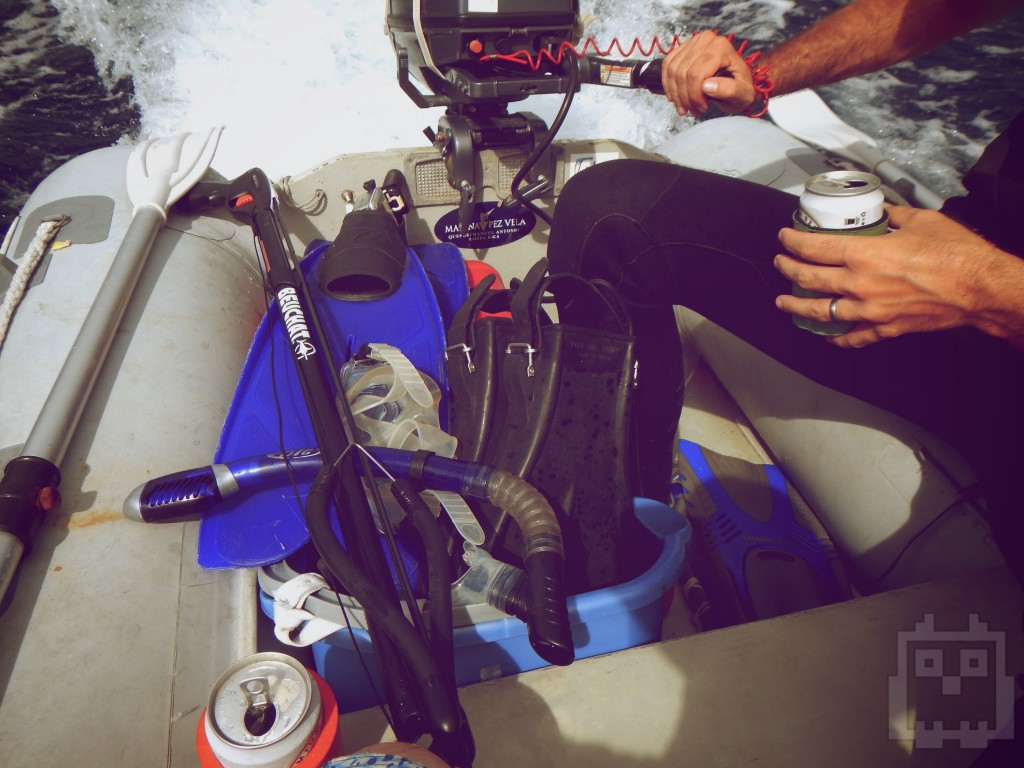
We ended up spending our first two nights at the Point Maurelle anchorage to take advantage of two snorkeling hot spots nearby: Mariners and Swallow Caves. Both could be snorkeled in one day, but the real key to success is avoiding other divers. We did just that by making an early departure. First up was Swallows Cave. It required no actual diving to enter or explore; we actually motored right in and tied up against the wall. It’s a bit creepy to swim around in a body of water that has so many deep dark spots, but after doing some quick math to calculate the flipper traffic per week I felt a lot better; however, I have no doubt some big fishes are down there. The cave goes way back and then abruptly rises out of the water, but without any safety gear, it was a slippery and dangerous free climb to fully explore how deep it went back. Feeling we had satisfied our curiosity, we awkwardly slopped ourselves back in the dinghy and prepared for Mariners Cave.
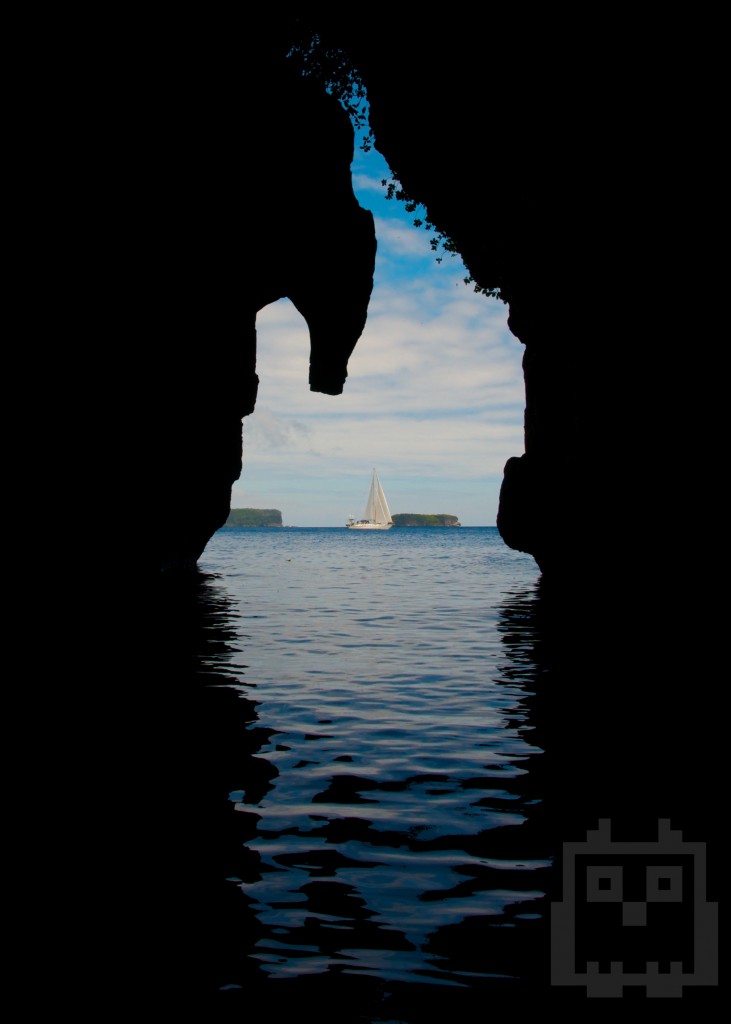
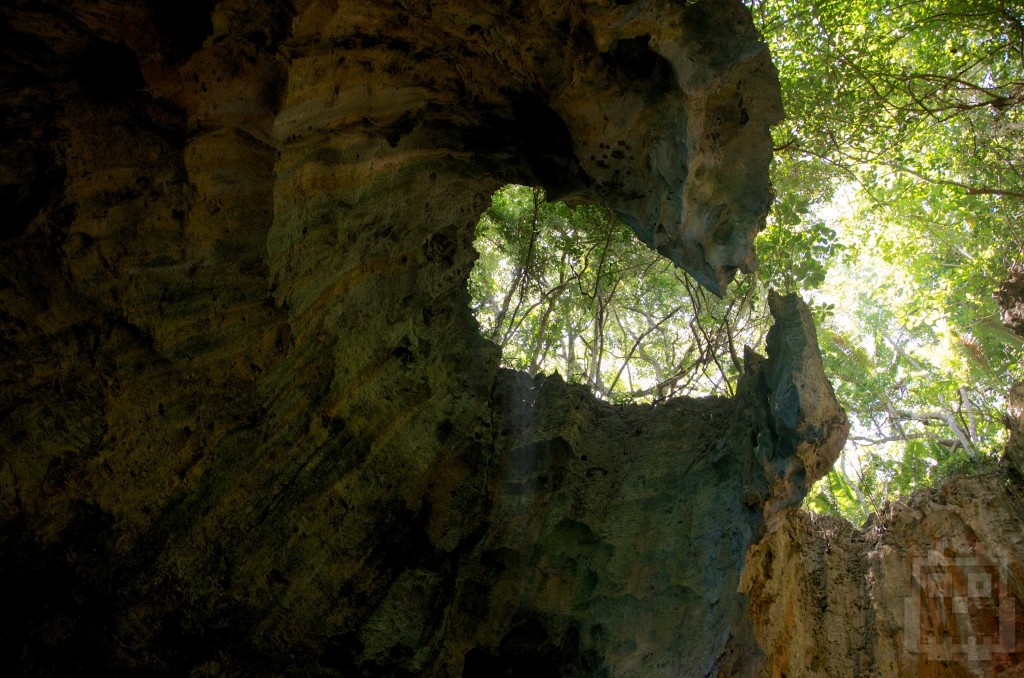
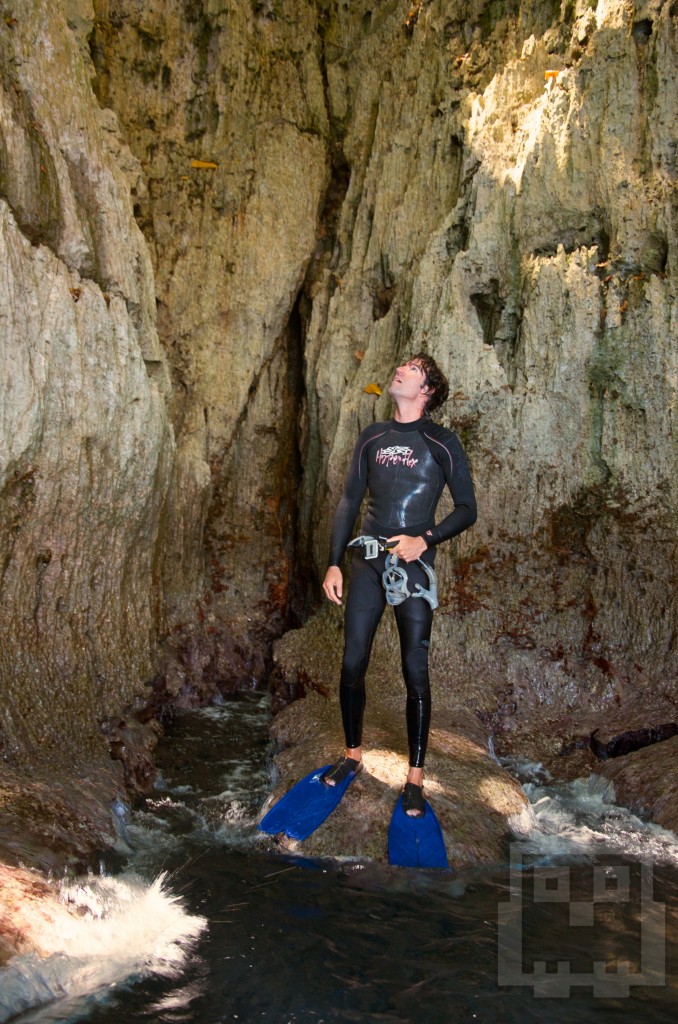
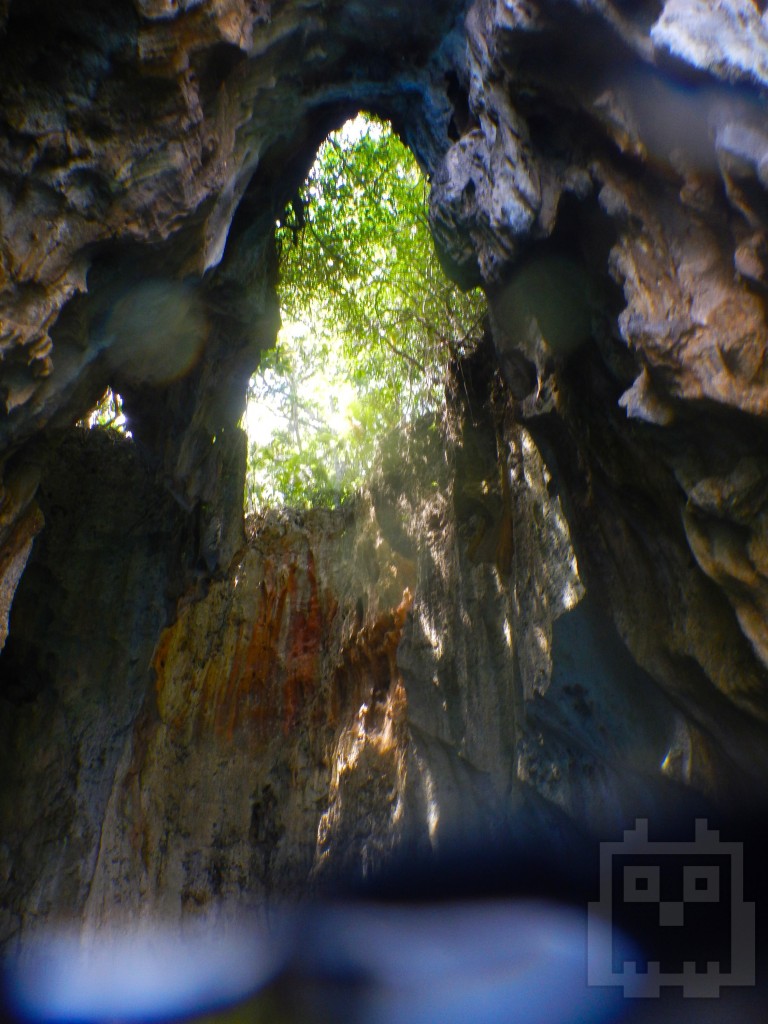
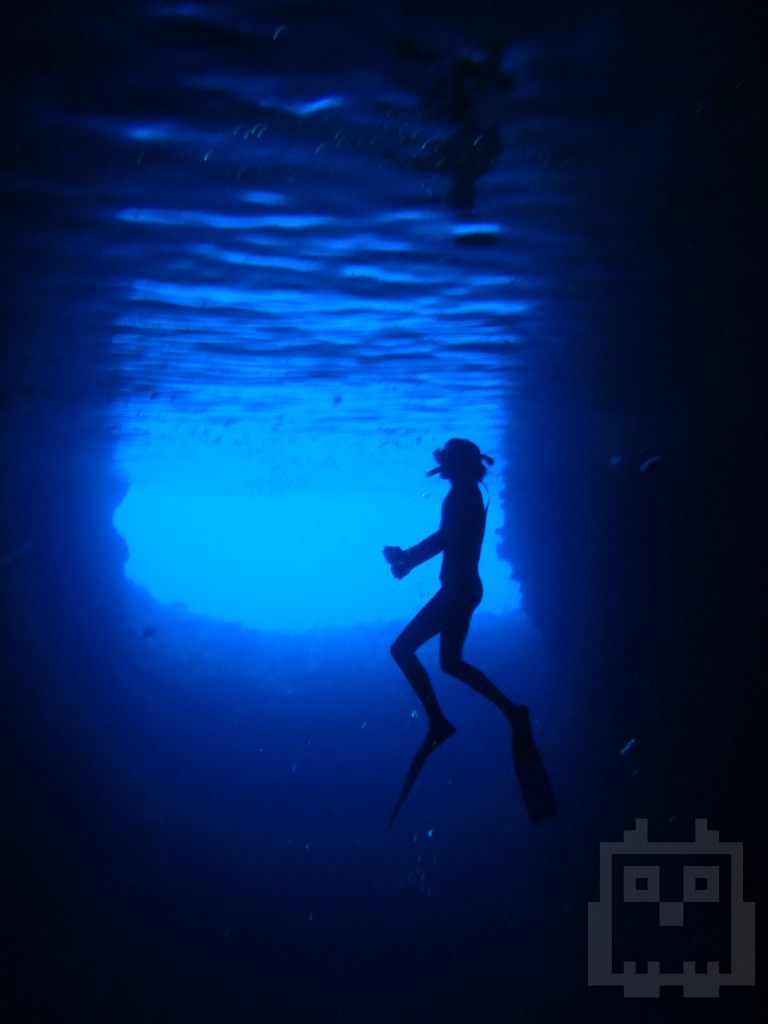
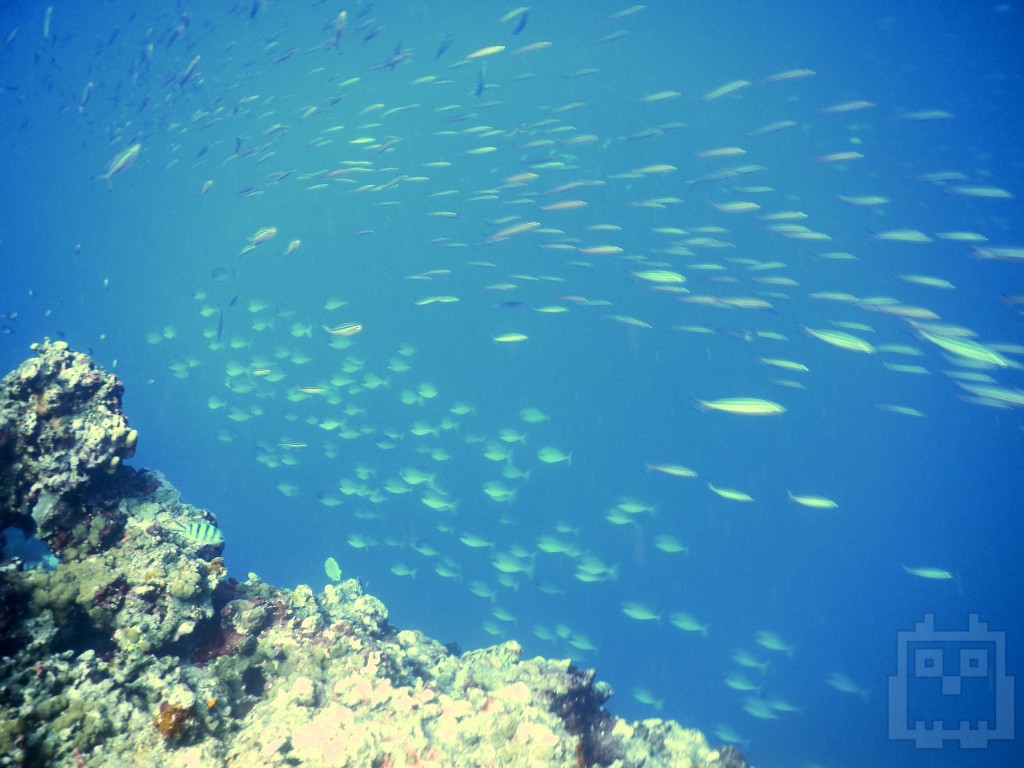

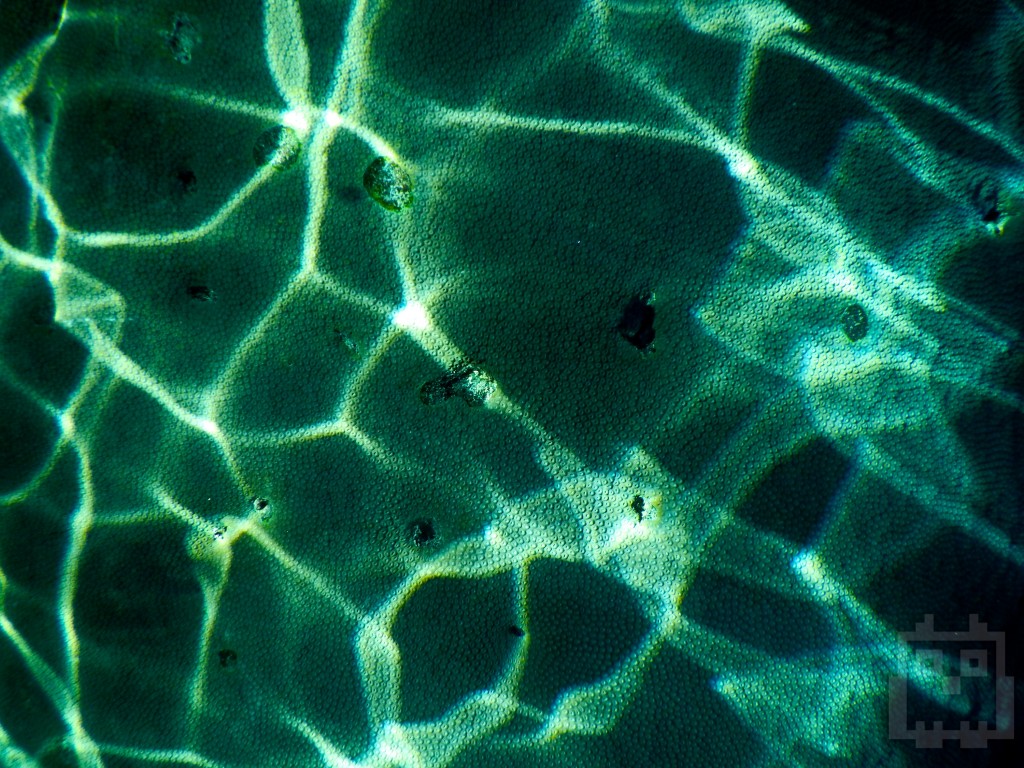
The exact location is a bit of a search because the cave entrance is underwater. An arrow is supposedly spray painted onto the rocks above, but we had an exact Lat/Long to navigate to. Diving into the cave sounded a bit difficult, but the actual process took less than 8 seconds before I broke the surface on the inside. My silent worries were wasted because this cave was a real treat and sooooo accessible. It was dark, but not pitch black. The sun forcing its way into the cave gave the water that classic swimming pool blue you see at night. With each retreating swell, the cave’s humid air would become visible, making everything look foggy. As the swell returned, the cave would turn crystal clear. I could even feel the pressure change in my inner ear. Aaron and I renamed the spot “Cave of Science,” still slightly mystified by the physics/magic that was taking place.
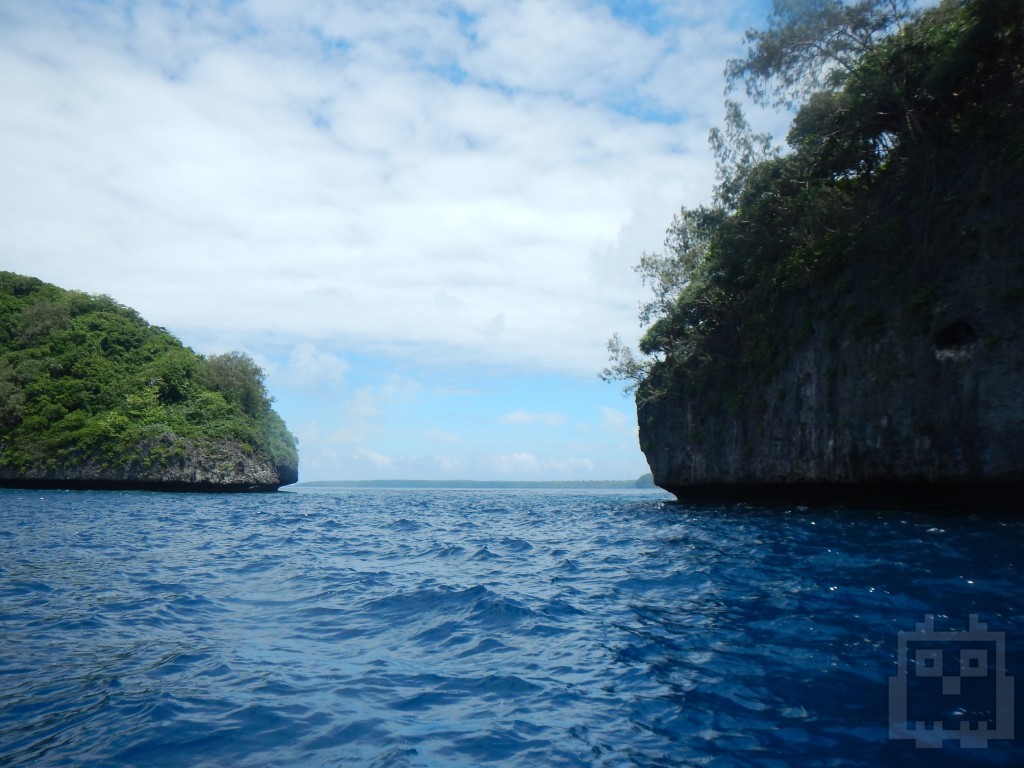
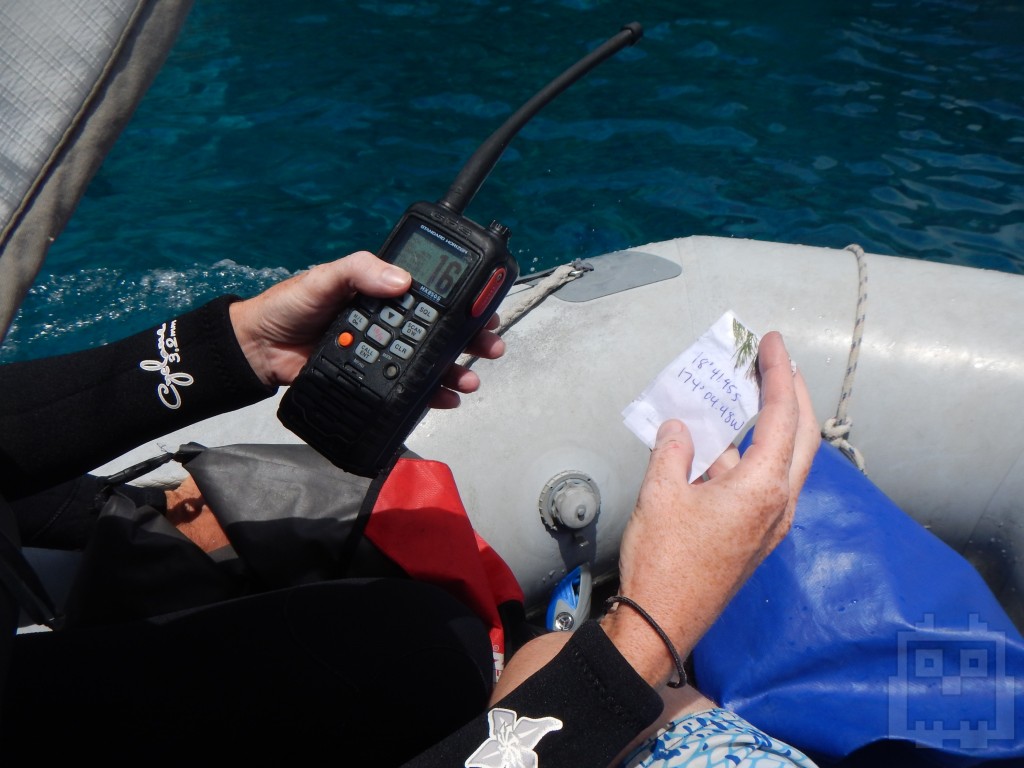

That night we geared up for a beach fire on shore. For being surrounded by wood, wood was a bit scarce. I gave a silent sarcastic thanks to all the other cruisers who frequent the spot and gobbled up all the wood. Much of the wood we did find was too damp due to the torrential rain Vava’u received only days earlier. We managed to accumulate a respectable pile of firewood that ended up being a bit too large for our purposes. By the end of the night, we had to make a super-fire to utilize all our hard firewood-collecting work and to make sure there was no firewood for any further fires. As smoldering embers replaced the blaze, we slowly went back to our respective boats to fall asleep, still smelling of bonfire. I love that smell. Thousands of miles away from home and I can still close my eyes, breath in the smoke from my clothes, and transport myself back to my family’s beach cabin on Whidbey Island.
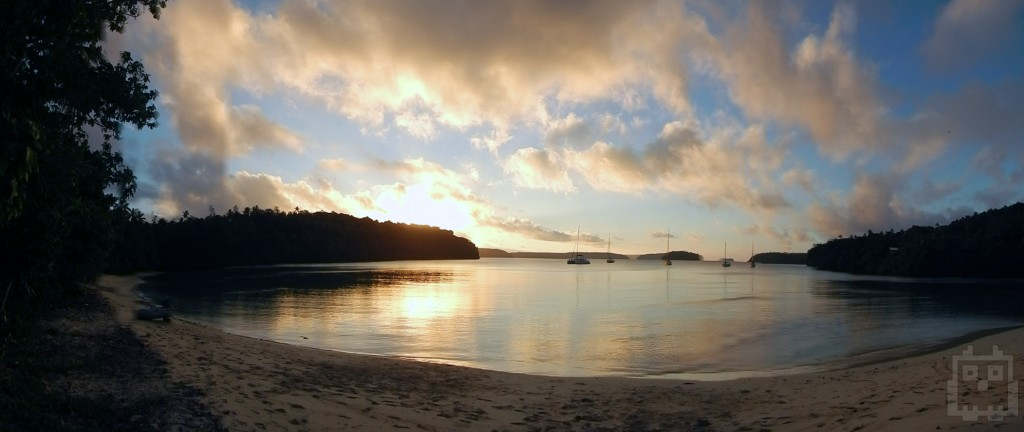
The morning grib files downloaded for Vava’u the next morning promised a strong southerly that was due to roll through sometime around midnight. Vaka’eitu, a short distance from our current anchorage, provided “perfect” protection. Most every anchorage has a number assigned to it, and I can’t for the life of me remember what number these anchorages were, but I would rather forget than forever label them by a number. The numbering systems came about thanks to the charter company Moorings. I guess they figured the Tongan names were a bit too hard to pronounce, so numbers just made it easier for the tongue-tied tourist. I can’t be too offended, because Moorings was right, I can’t pronounce most anything in Tongan. It does still bother me a little though, like the place is getting sanitized of some of its culture when now even some Tongans are referring to their home as anchorage 17 or whatever. If you go to Vava’u, try to learn the real names of the anchorages for solidarity’s sake. The numbering system will always be there for convenience, and if you are like me, you will need it.
Our southerly protection came at a cost charged in the form of depth. I was anchored somewhere in the 60’ range and felt obligated to let out all my chain. After watching my position on the chart plotter remain a constant, I tried to dive on the anchor to see if it was near any coral heads, but the water was too deep and too cloudy to get a good look. I was a little reluctant to head in shore to go on a little walkabout without having concrete confirmation that my anchor was doing its job, but I wasn’t moving, and the southerly was hours away from reaching Panache. After a quick snack, Bella Star convinced me to join them on a walk to the other side of the island.
Right when we hit the shore, the owner of the island greeted us with three coconuts ready to drink. Without even being asked to host, this lady was playing quite a good one. With one of her daughters clinging tightly to her leg she walked us to the trail and sent us on our way with a smile. I have never been such a good host – to strangers no less.
With each step further into the island’s interior, the sound of the waves gradually dissolved to the thick jungle that tangled its way towards the sky. Within a hundred steps, sounds of the ocean were completely replaced by several competing bird songs. The trail popped us out on the other side of the island where a stretching white sand beach sat empty of any sign of human existence. The high tide line was dappled with pieces of pumice that floated when tossed back to the water, and returning the largest pieces became the entertainment. When throwing pumice got boring only moments later, we started poking around the tidal pools. Most of Tonga’s coastline is strikingly volcanic in nature. Its porous quality gives it a razor-sharp texture that demands fastidious foot placement. A misstep or slip would result in an ugly cut only time and copious amounts of antibiotic ointment could repair. I wasn’t interested in this outcome, but the fact I was stumbling around in flip-flops begged to differ. Walking was further complicated by hundreds of little sea cucumbers I desperately didn’t want to step on. I was a more sympathetic version of Godzilla, but definitely left a crippled cucumber population in my teary wake. I’m sure my next life will be spent as a sea cucumber.

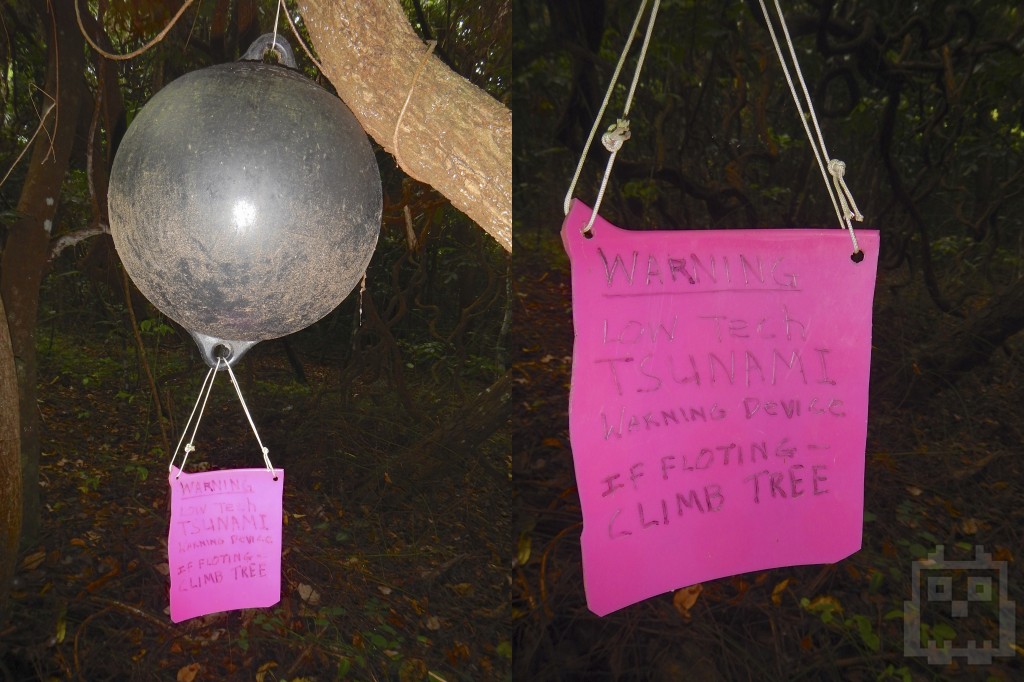
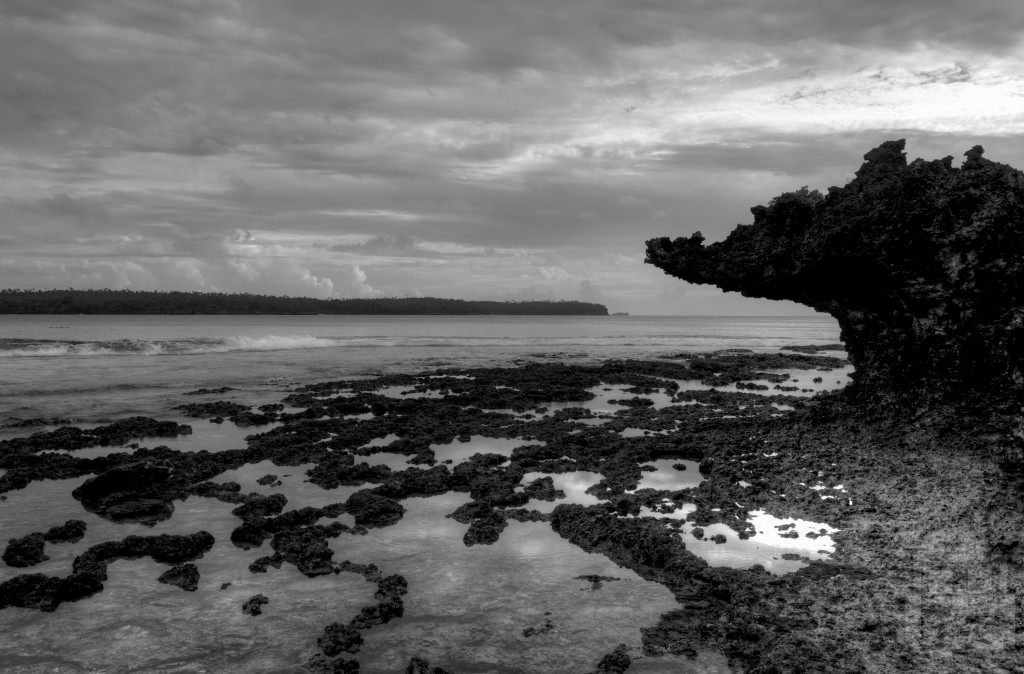
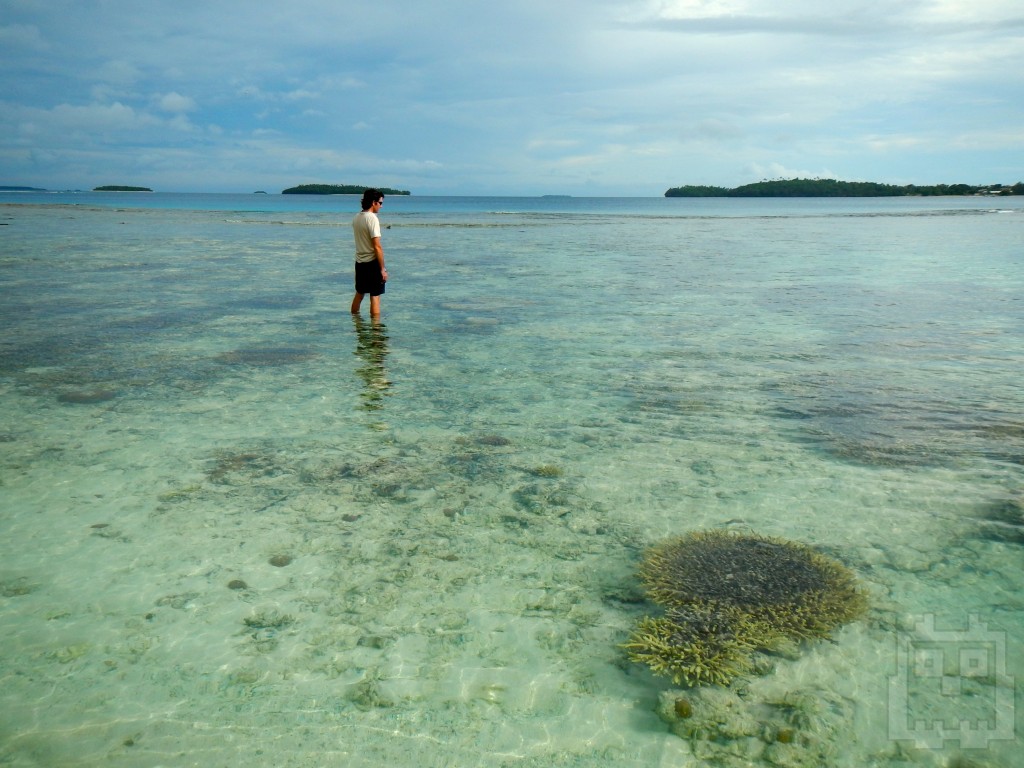
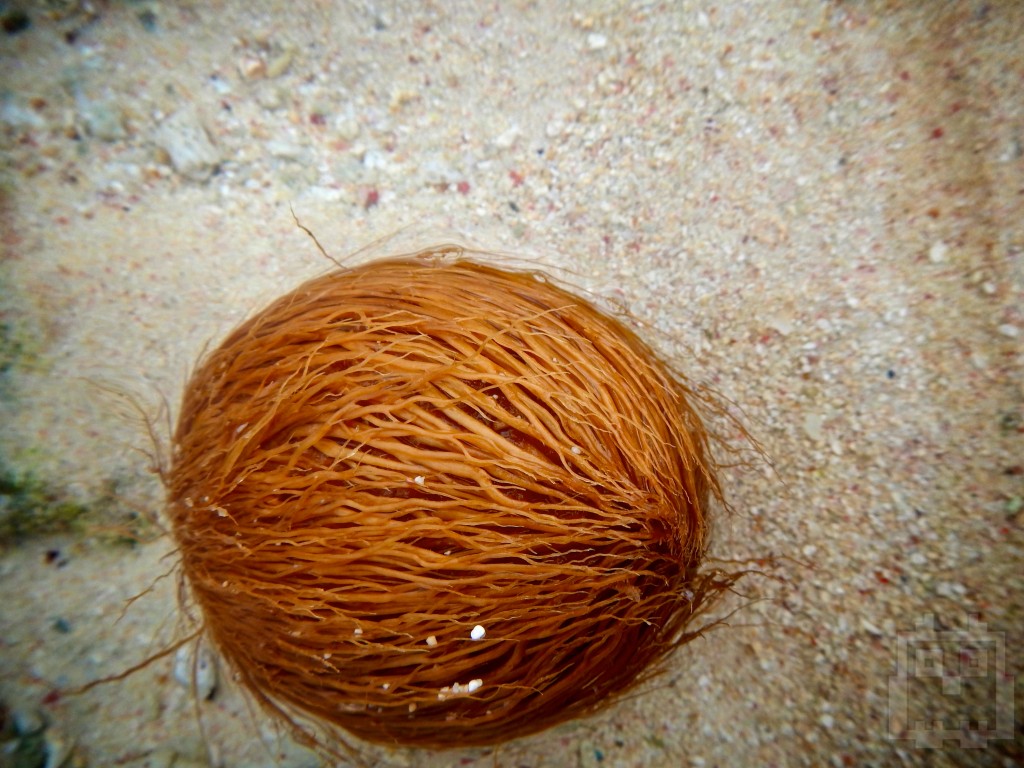
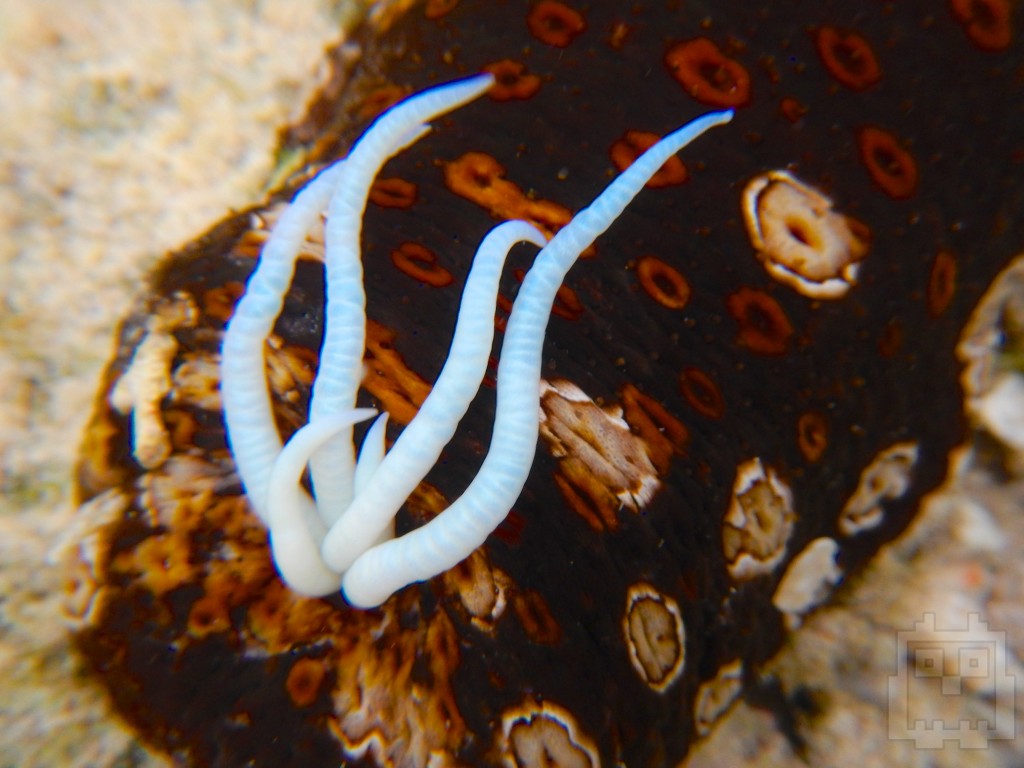
When sea cucumbers are threatened they release a sticky thread that distracts their enemy. In some species these threads can be poisonous. As a defense mechanism some sea cucumbers can even self-eviscerate parts of their own body. Crazy.
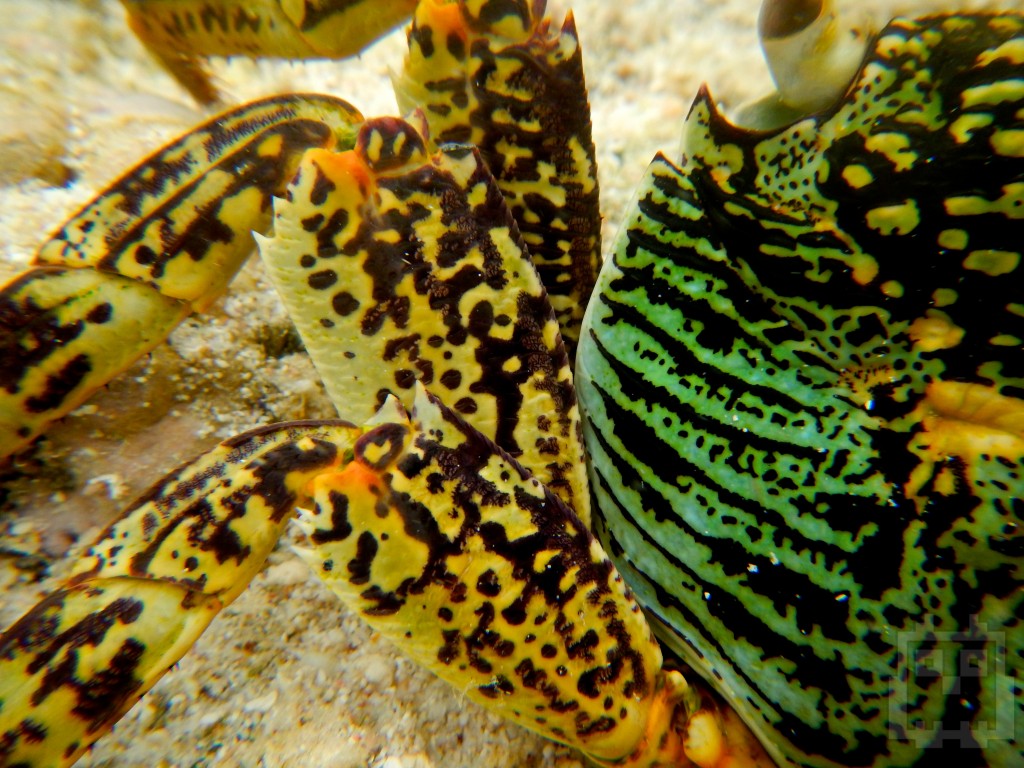
We all escaped the razor rocks without incident and retreated to Bella Star for some Kingdom beers, what ended up being a late dinner, and a movie. The sunset was obscured by the island, but it left a backlit fringe of palms that framed the sherbet-flavored clouds perfectly. I was taking lots of pictures, and Aaron started making fun of me saying that “cloud pictures never amount to anything, in the blog world or otherwise.” To prove him wrong, here is my official cloud picture submission. Keep a lookout for the second iteration of cloud photos. 🙂
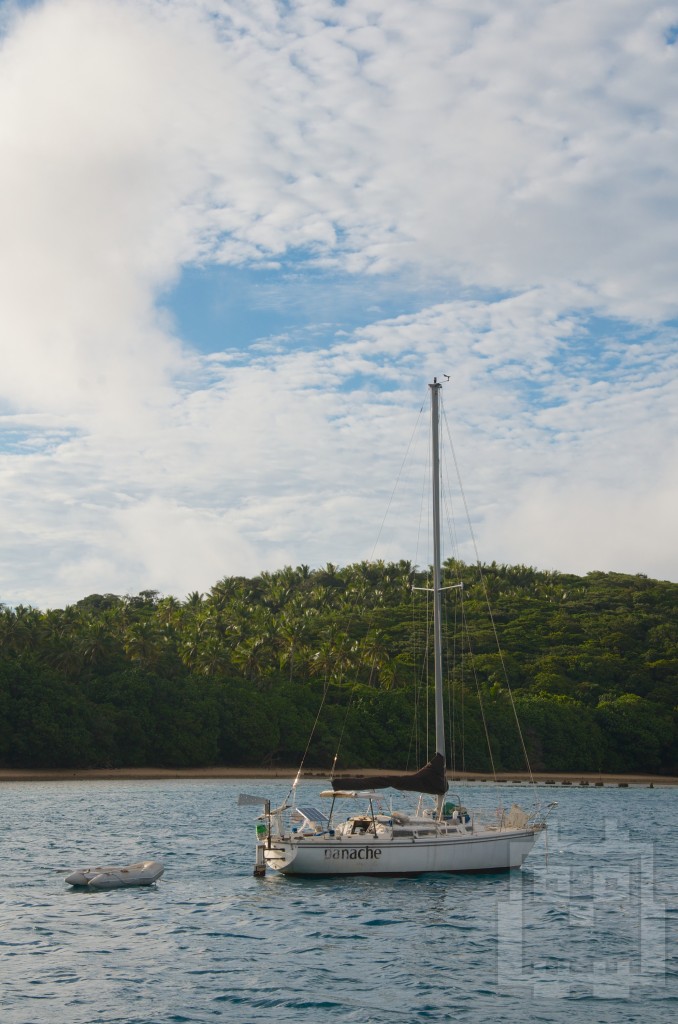
RULE NUMBER FIVE: No matter how large the anchor, or long the chain, wind exists to uproot both.
When I got back to Panache it was late, but not quite time for the southerly. I started to doze off and fall into a food-induced nap that was broken by the pitter patter of rain. I know that sound, and I know what it means. Ever since I started this trip I have been a very light sleeper. The sound of rain was enough to get me vertical. I poked my head out from the cabin and saw that Panache’s stern was still pointing west, so the southerly couldn't be here!? Right as I turned back towards the bow I felt the rain intensify as a whistle of wind rounded the standing rigging. With the crack of a whip, the southerly was here.
Panache immediately started turning round and with every degree of rotation, the wind increased. Bolts of lightning lit up the sky just long enough for me to see every other boat bobbing with the intensifying fetch. One by one, I watched every boat illuminate with a scanning flashlight beam. Am I moving? Is that other boat moving? Nobody really knew at this point, but everyone was vigilant. This was a serious moment of truth for my anchor job. Such an abrupt wind shift, especially one of 180 degrees, can dislodge an anchor and leave one floating down the anchorage uncontrolled. I watched this firsthand in El Salvador, and one boat ended up a total loss while a handful of others were heavily damaged. Luckily for me, I had enough chain out to keep the anchor on the bottom, but the gusts were so strong and rattled Panache’s rig so loudly, that I got little to no sleep. I’m not ashamed to admit it was a little scary. Once my chain was pulled beyond a 45-degree angle and Panache was surfing back and forth, I decided it was time to put out a secondary emergency anchor just in case I did start dragging. With each big gust, my whole body tightened in hope it would help my anchor hold. The rain didn’t stop the whole night, and as things started to calm down, I finally changed into a dry set of clothes to get a wink of sleep. It was a long night and a short wink.
The morning was grey, and all the boats in the anchorage were still. One catamaran, a charter boat, was anchored on the other end of the bay, probably the result of dragging anchor and having to re-set. The day was lazy, and I was mainly consumed with my upcoming passage to Savusavu, Fiji. I had planned on leaving the next day but was looking for any excuse to push back the deadline. Part of me felt like my cruising skills were still a bit rusty to shove off so soon. Part of me wanted to continue to explore Vava’u, but most of me understood that I had a responsibility to my new crew who was meeting me in Savusavu. When I felt content with my preparations, Bella Star and I went out for one last snorkel to catch some fish for dinner. It was the last meal, but that wasn’t a topic of conversation. The next morning, however, it was unavoidable. I hauled up the dinghy, and Aaron and Nicole came over to help haul in the anchor. It was an easy one-man job with the windlass, but that stopped working almost 1,000 miles ago, so it became a two-person job with one person steering the boat into the wind and the other hauling up the anchor. I still had boat projects on my list, but after hauling all that chain with Aaron, servicing the windlass gained a bit more priority.
I was now unanchored with the engine in gear forcing our goodbye to be brief. It was topped off with a warm hug that left me wanting to stay even more. I waved goodbye to Bella Star who was now in their dinghy and getting smaller by the second. The hugs were great, but I felt like my departure was too quick. Aaron and Nicole had been so helpful, not only as friends, but as a technical resource and probably to a degree, a therapist when boat work seemed futile. Before I lost radio communication, I hailed Bella Star one last time before I couldn't. “Hey Bella Star, I just wanted to thank you guys for everything,” getting a bit choked up, “I couldn't have gotten Panache out of here without you two, and I’m really sad to say goodbye... Again.” As bad as I am with goodbyes, this might be one of the first that felt reasonably decent in normal person standards. Like when the Grinch realized what Christmas was really about and his heart grew two sizes, I also had a similar heart enlarging realization about goodbyes. In retrospect our goodbye might have been a bit dramatic because we set-up a SSB radio net to keep position tabs during my passage.
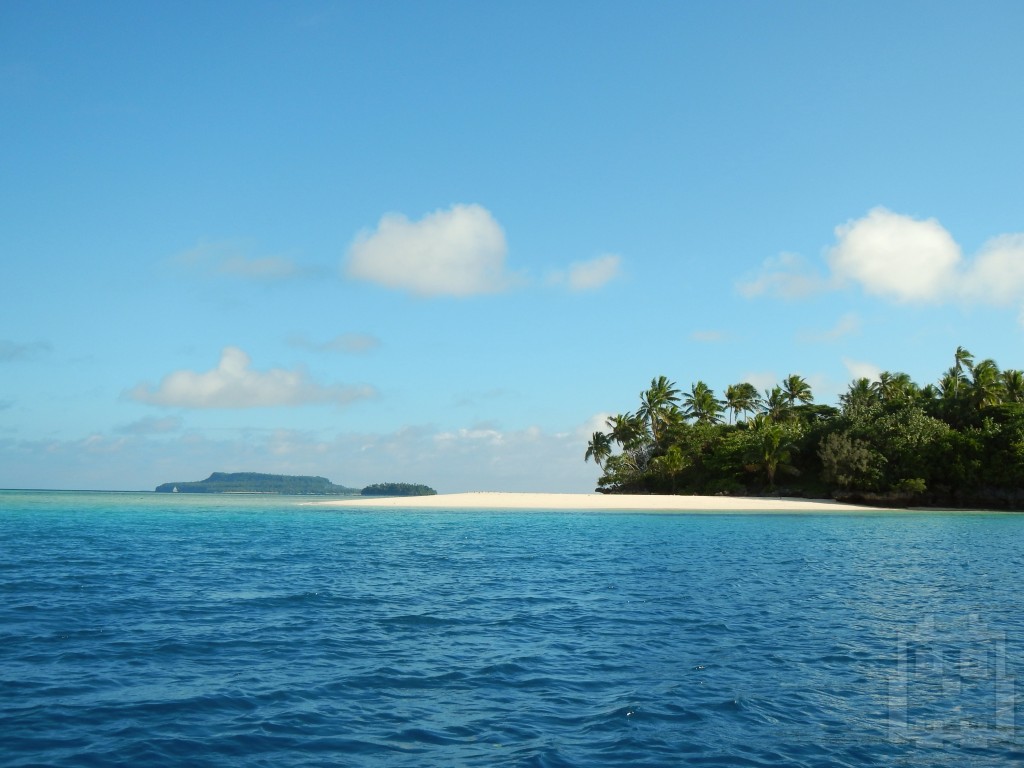
What was in front of me was a pretty straightforward 435-nautical mile/three day sail. Some obstructions were present, but they could be easily avoided even at night due to their spatial isolation. Once I cleared most of the island riffraff of Vava’u, I had a perfect downwind passage to my waypoint in Fiji that was at the mouth of Nanuku Passage. The swell was a bit large and sometimes confused, but I assumed that once I sailed out of the lee of Vava’u, the sea state would normalize to the typical large rolling waves I had grown accustom to. Wrong.
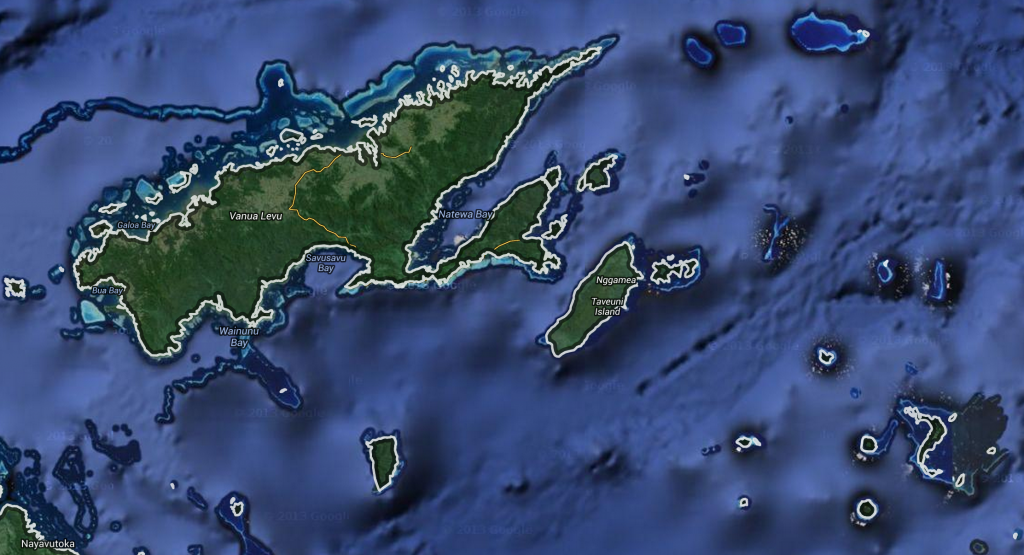
During the two days that I was in open water, the sea state only got worse. Panache was getting thrashed back and forth. This pushed me to the breaking point, and I ended up painting the port side of Panache with vomit. Meals were impossible, and I must have lost several pounds. It was the Panache get sexy diet. Don’t try this at home. At first I thought it was just me getting my sea legs back, but my seasickness was entirely a product of the sea state. I watched movies in 30-minute chunks to avoid barfing, but sometimes that didn’t work and I would have to stumble on deck to augment the work of art that was developing into quite the mosaic against the port hull. A couple of times I came desperately close to barfing on my laptop. I managed to watch all of Blood Diamond without having to take a break. Great movie. It inspired me to talk in a South African accent to myself the rest of the passage. Just imagine me with the worst South African accent you can think of, sporting a handlebar mustache and occasionally barfing over the side of Panache in the middle of the ocean. Pure class.
When I finally rounded Nanuku Passage, I was able to jibe the headsail over to the starboard side which kept Panache more or less stable. The swell was also tamed by the Lau Island group that separates the greater Pacific with Fiji’s Koro Sea. Sailing just got a whole lot easier. I fixed myself a big meal and was able to eat it without worry of depositing it the ocean an hour later. There must have been a massive school of fish following Panache for a free meal.
I arrived at the pass into Savusavu just as night fell, struck the sails a bit too early due to an oncoming ferry (or so I thought), and started to motor into the bay way way way too early. I was familiar with the charts and thought I had identified the beacon that marked the pass. I realized, with about a hundred feet to spare that I had identified the wrong light and was heading for a reef. Panache has kissed reef once and didn’t need a second taste. I hurriedly cranked the tiller over to travel parallel to the reef and scampered to the mast slipping enroute on a foot-long barracuda that somehow flopped on deck to raise the main. Radioing any living sole that cared to hear, I got some solid advice from a boat anchored just inside the bay and was able to flounder my way to the actual entrance. “Way too much excitement,” I muttered in a true South African brogue, as I threw the squashed barracuda back into the water.
The actual mooring field was five miles NE from the pass just inside Nakama Creek. With very little light, and few boats with their anchor lights on, I slowly crept my way deeper and deeper into the mooring field. I found a perfect mooring right next to Waitui Marina’s dinghy dock. It was nine at night, but a guy from the marina came out and helped me tie up. We made small talk and he told me he would get customs, immigration and quarantine out to my boat tomorrow morning. I was a bit loopy from the tough sail, the lack of sleep and the last minute fish squashing while coming into the bay, but I was still smiling. The smell of Fiji alone was smile-worthy, but I was just happy to be still. Sailing responsibilities were suspended, and I loved that.
RULE NUMBER SIX: Always have an arrival tradition.
I adopted my arrival tradition in Mexico while crewing on Profligate, a beautiful (and spartan) 63’ catamaran. After every day of sailing, no matter how long or short, Richard would yell “Cheated death again!” I thought it was too funny not to adopt, and to this day I yell that after every passage. Although impossibly sleepy, I did what any person would do after a shit passage: zone out and watch 27 Dresses with Katherine Heigl. You have to be in a half vegetative state to enjoy the movie, and since I was, I loved it. The movie ends with Katherine Heigl falling in love and wearing a wedding dress of her own. How splendid. As the credits rolled I groaned and flapped my hand wildly to snap shut my laptop, and without moving further proceeded to fall asleep while musing about my return to Panache. I had worked hard to get her in sailing (and motoring) condition, but I couldn't help but feel that Panache had also stepped up to the plate. She was a passage-making machine. I dare you to find a Catalina 30 with more miles under her keel. Shit! It’s hard to find boats that have passed the 10,000 mile mark. Panache was doing her part as she always had despite neglect and negligence. It seemed apparent that we were both ready for the miles ahead. Correction, we were both eager. I lazed there stewing in that thought and fell asleep wondering what my new surroundings would look like in daylight.
